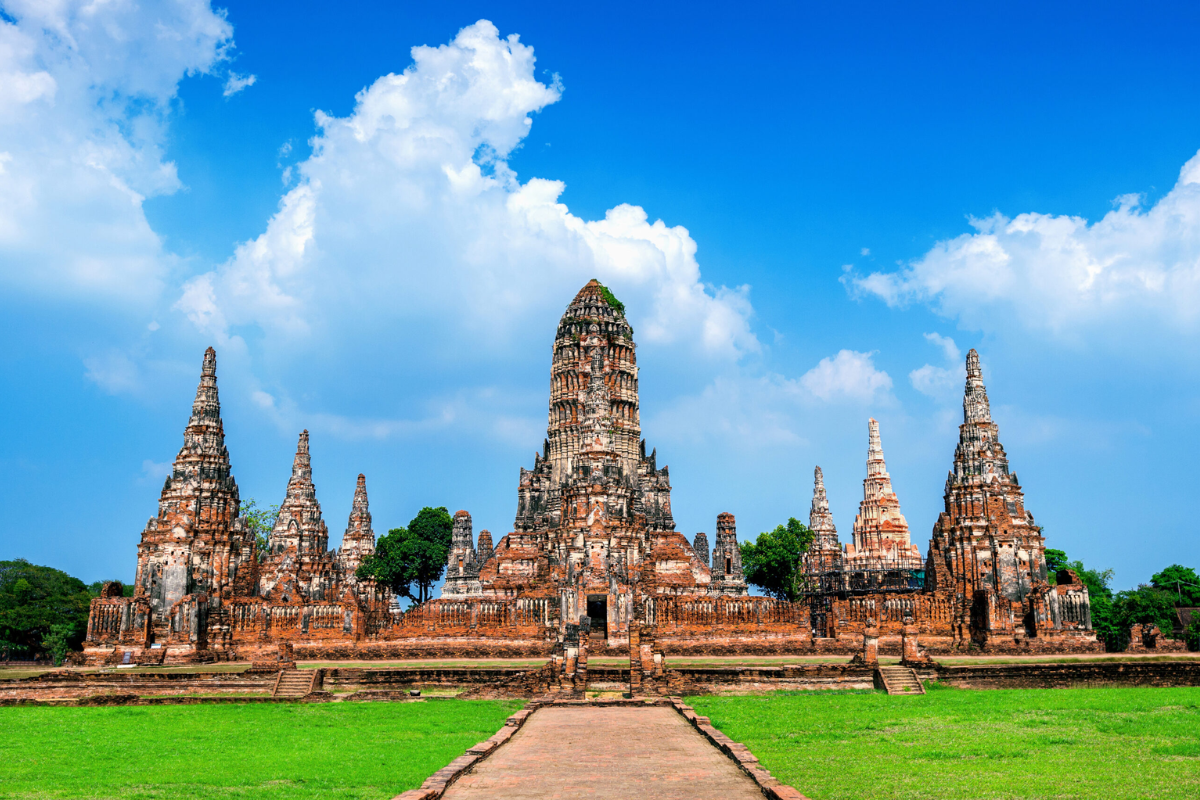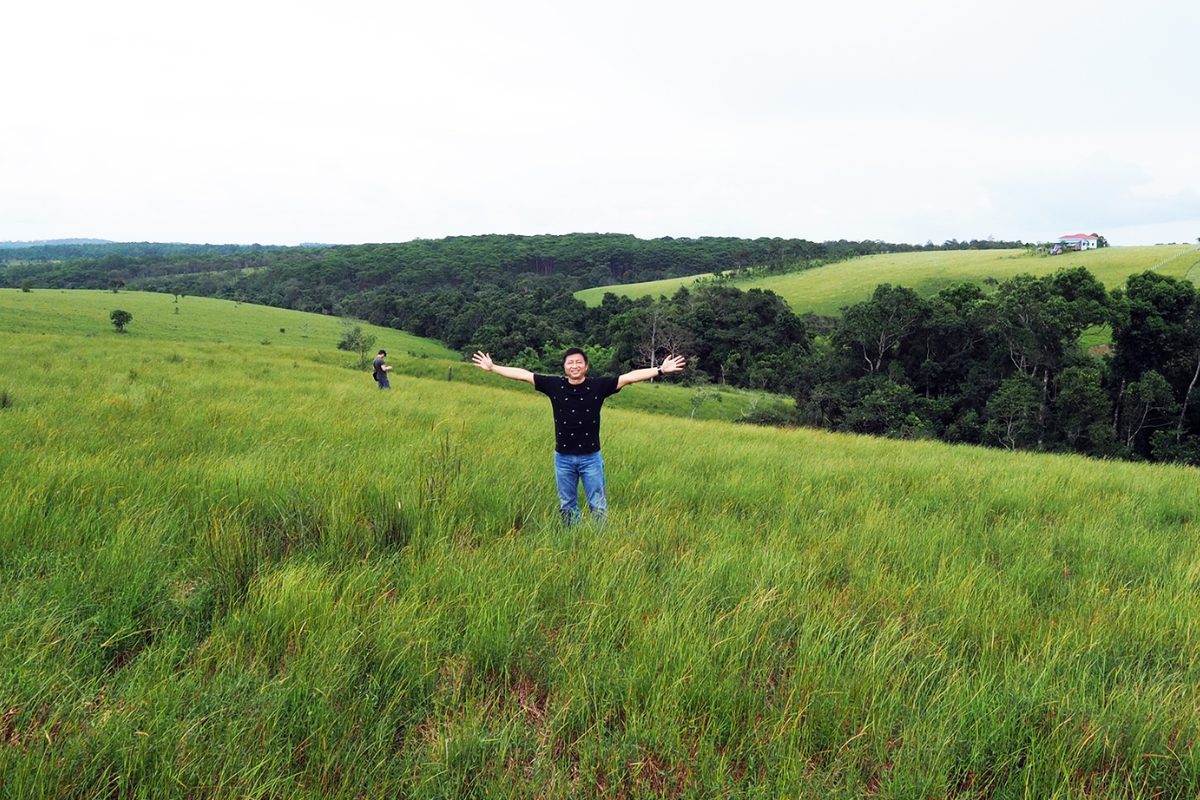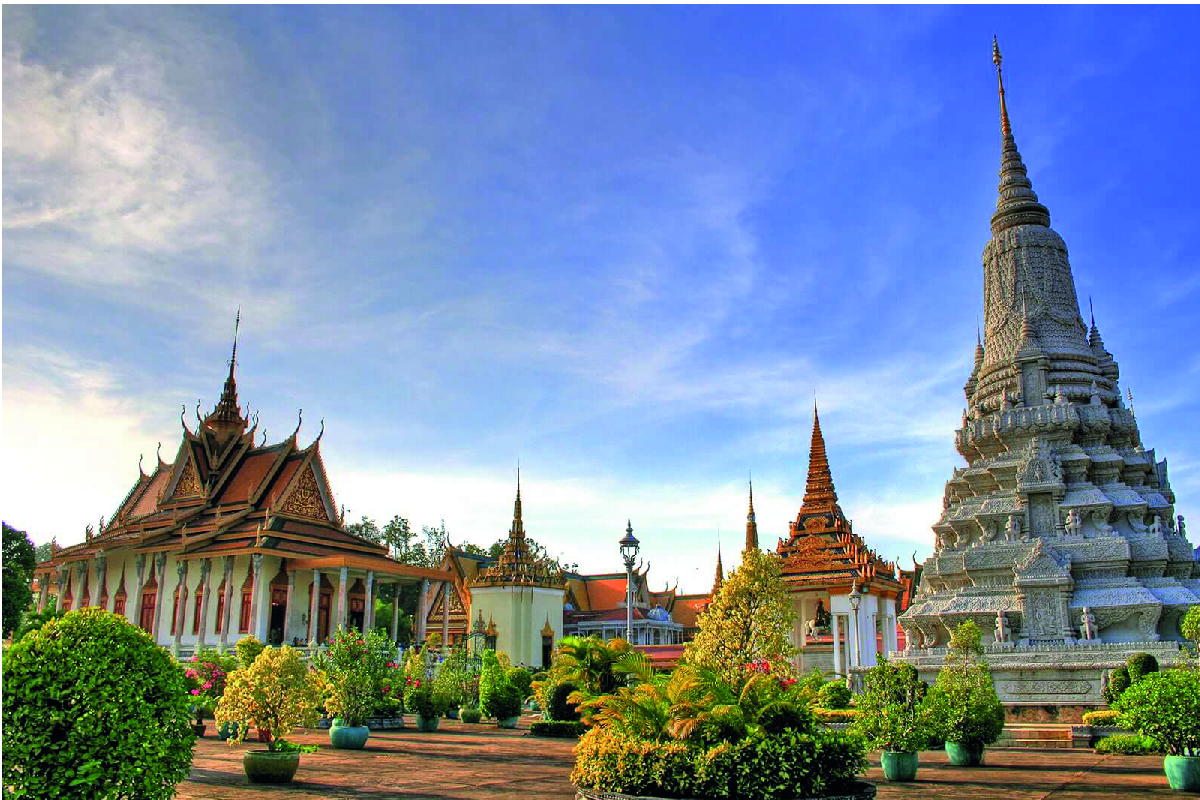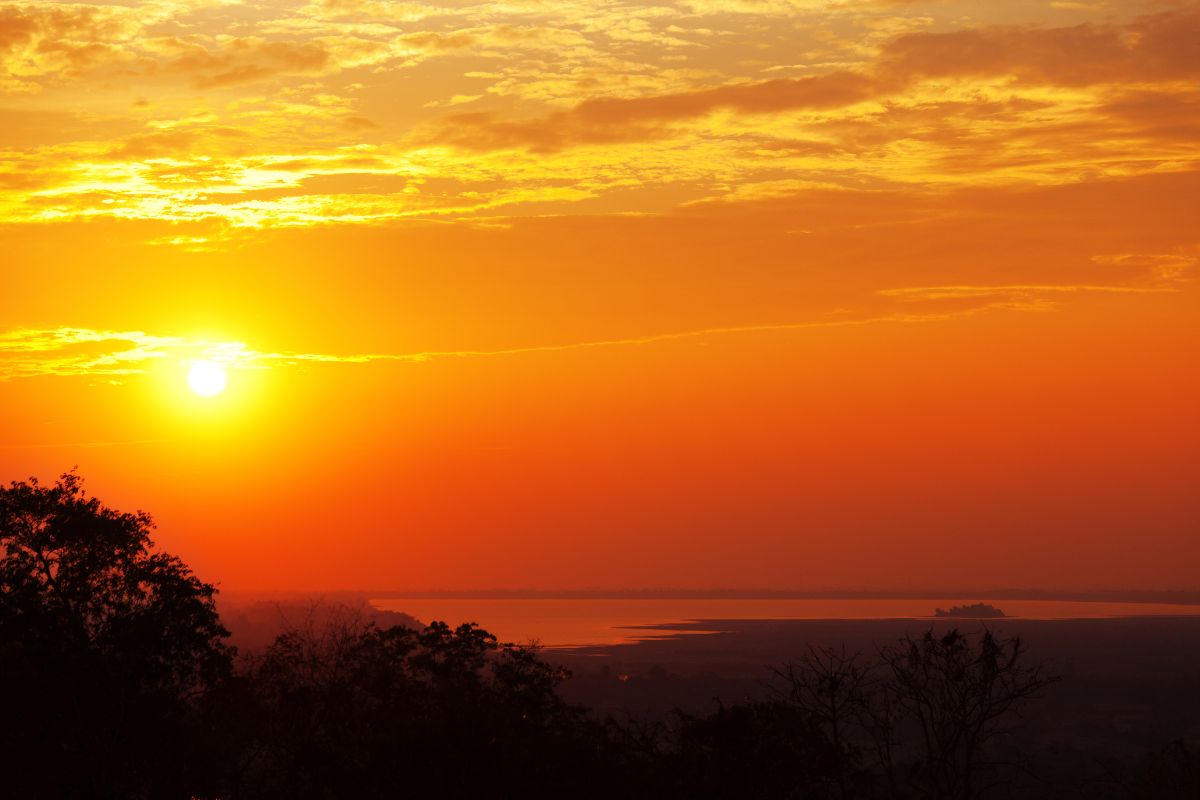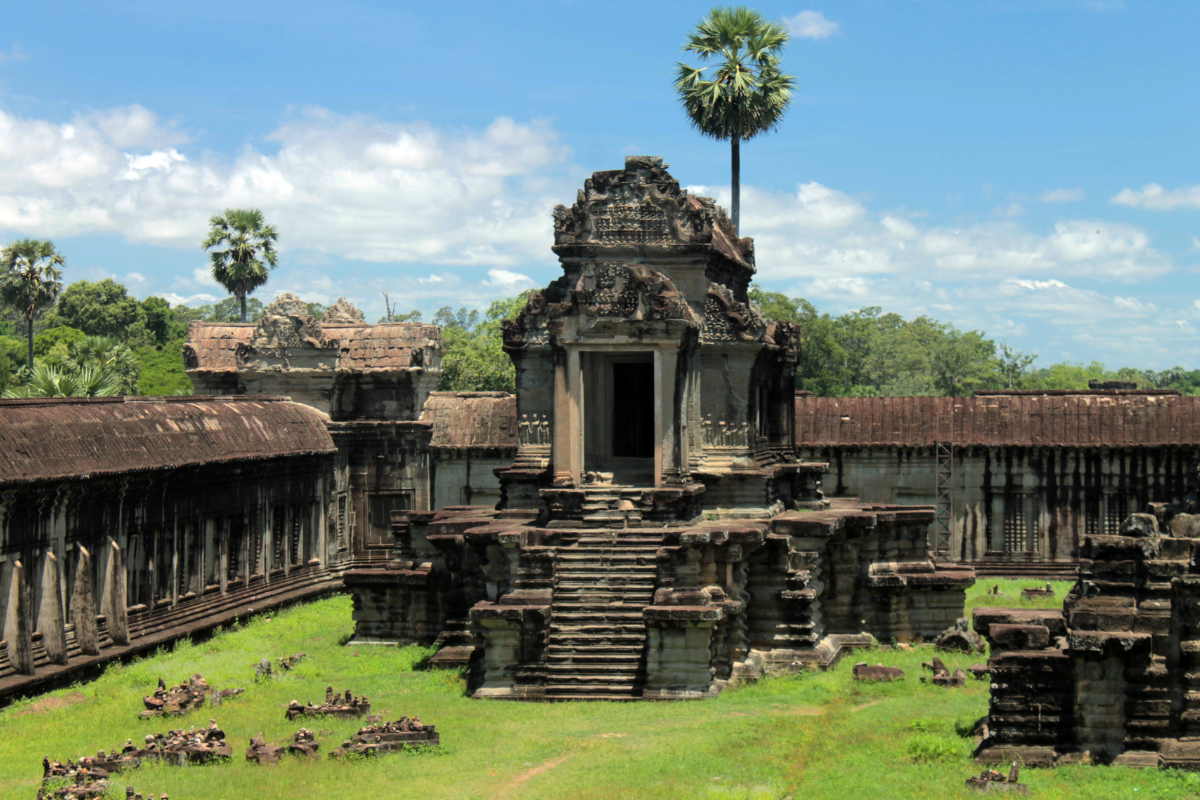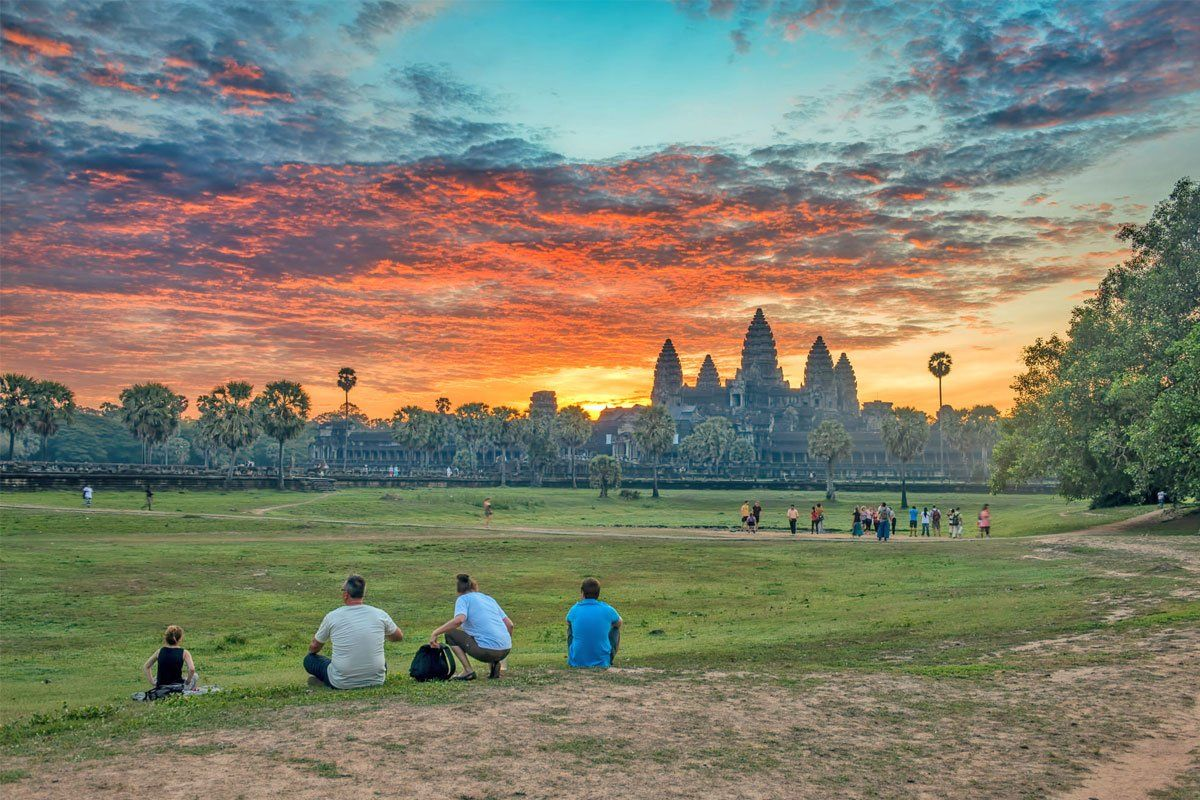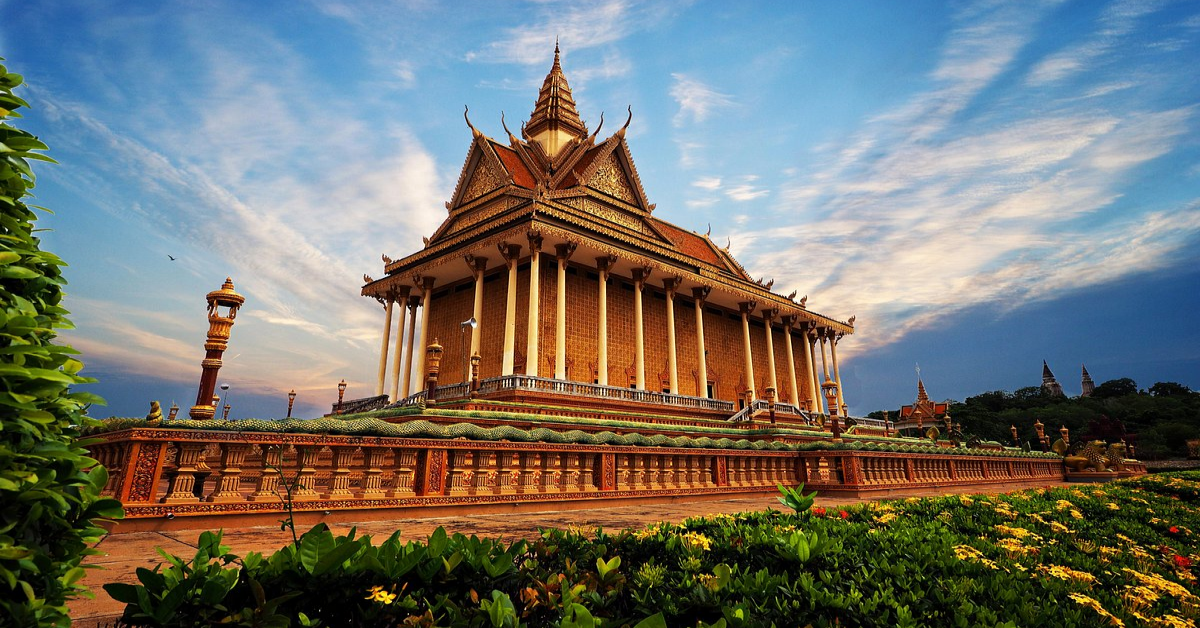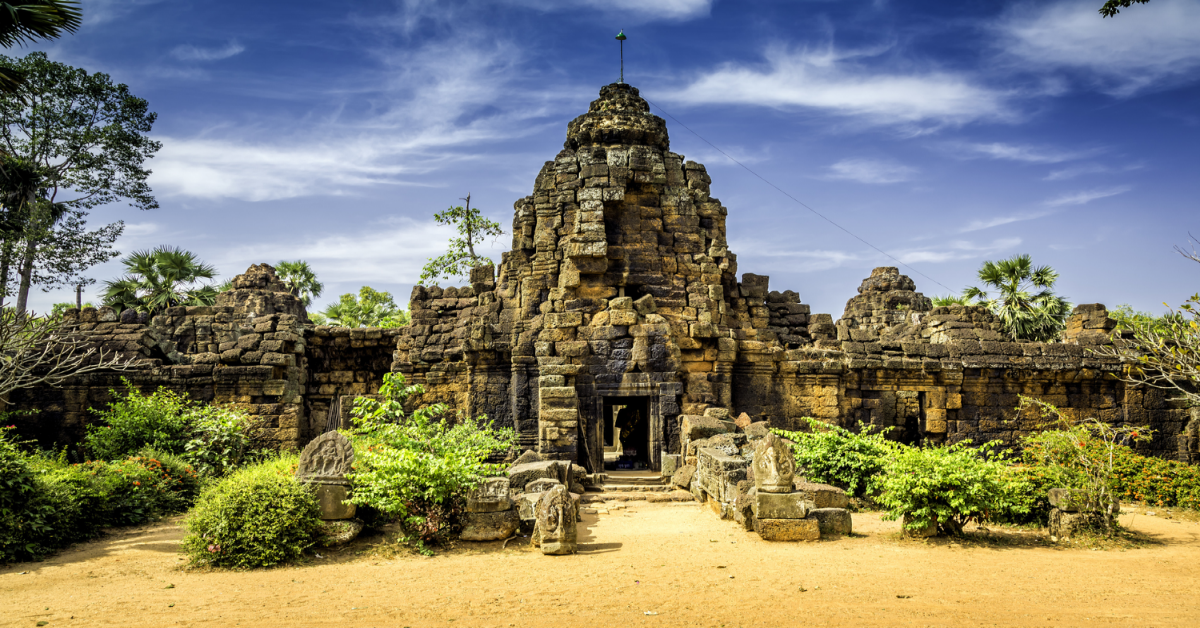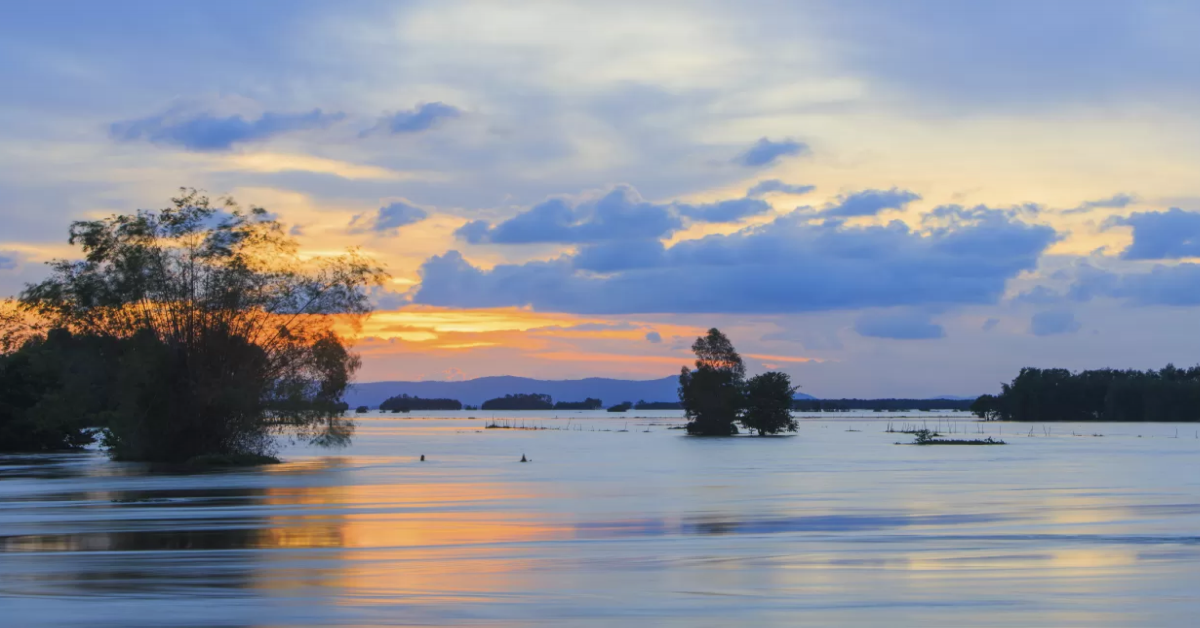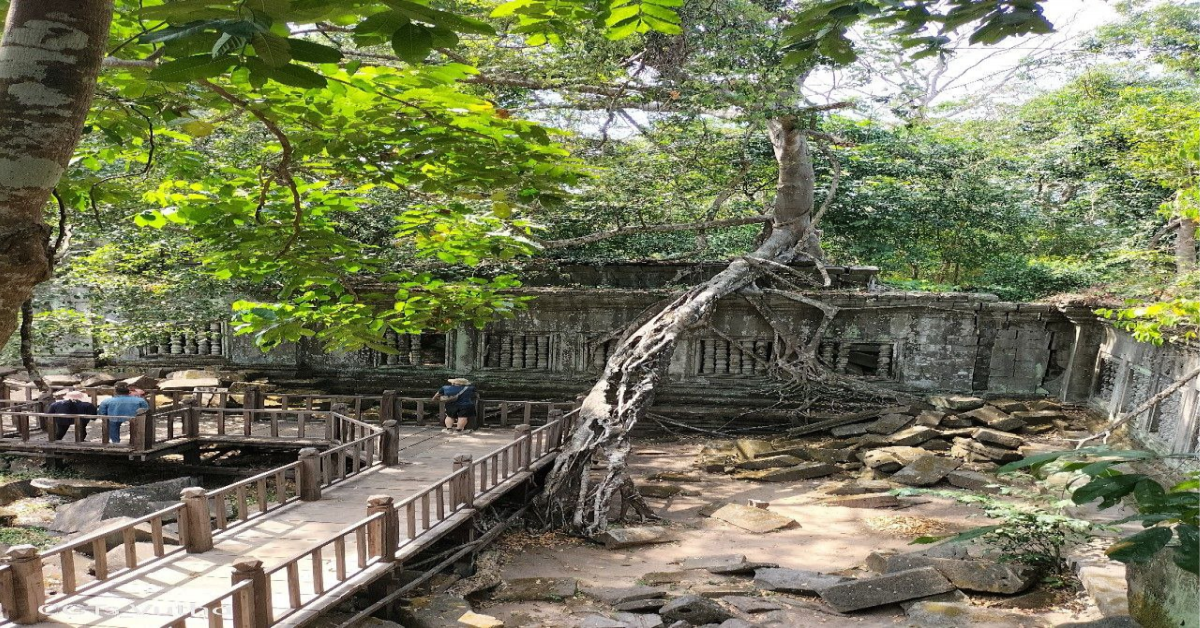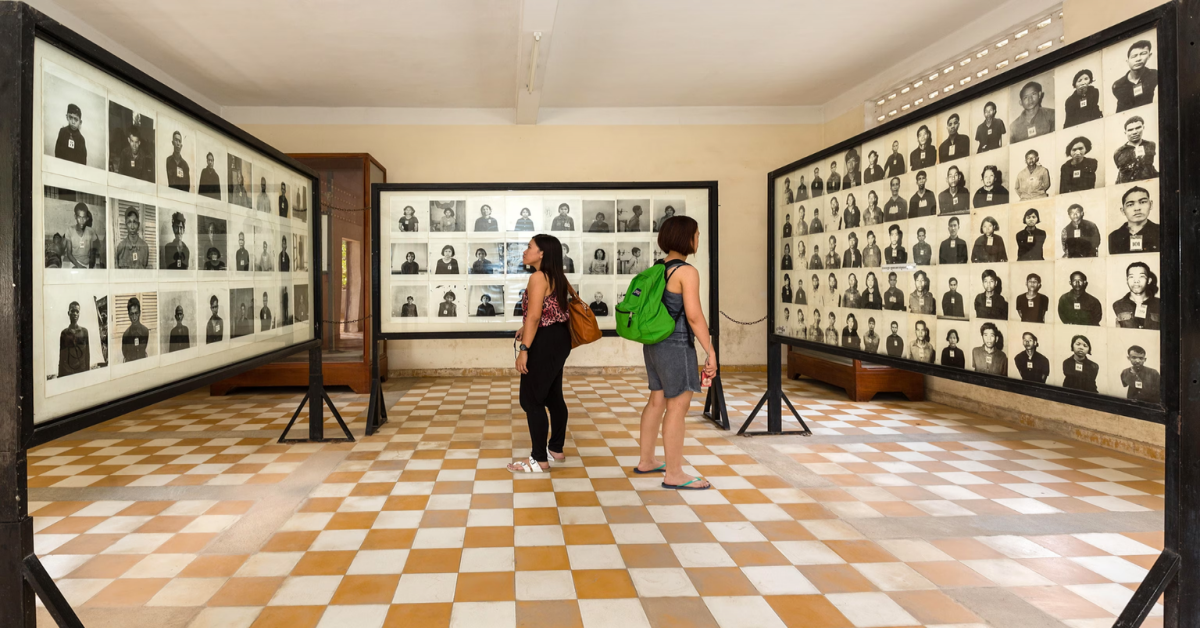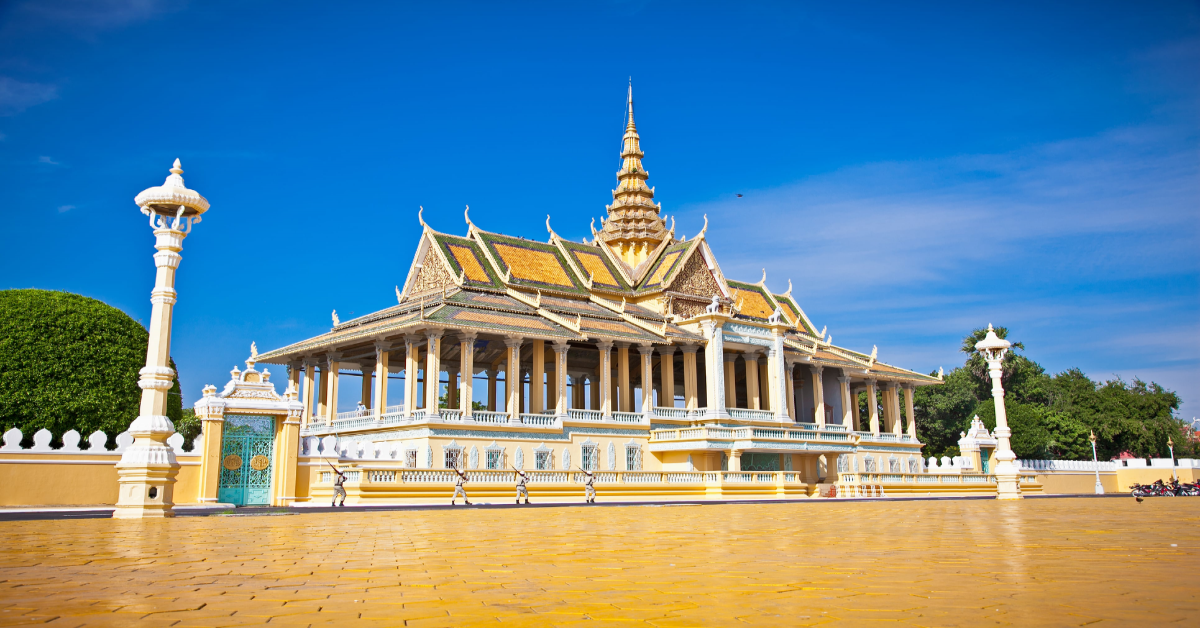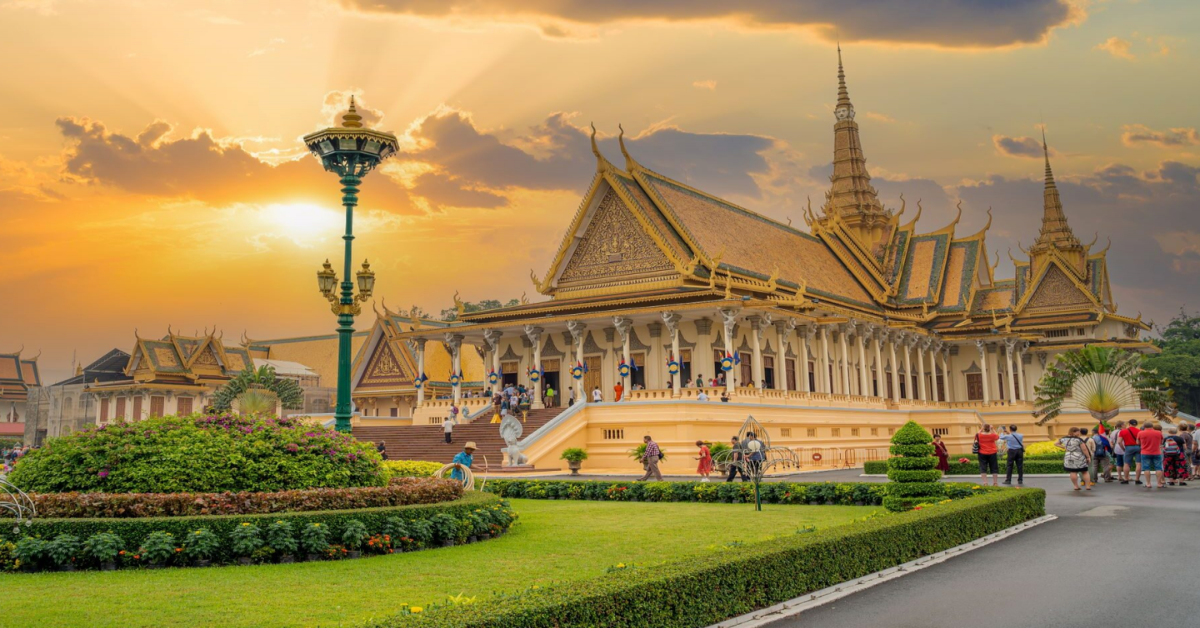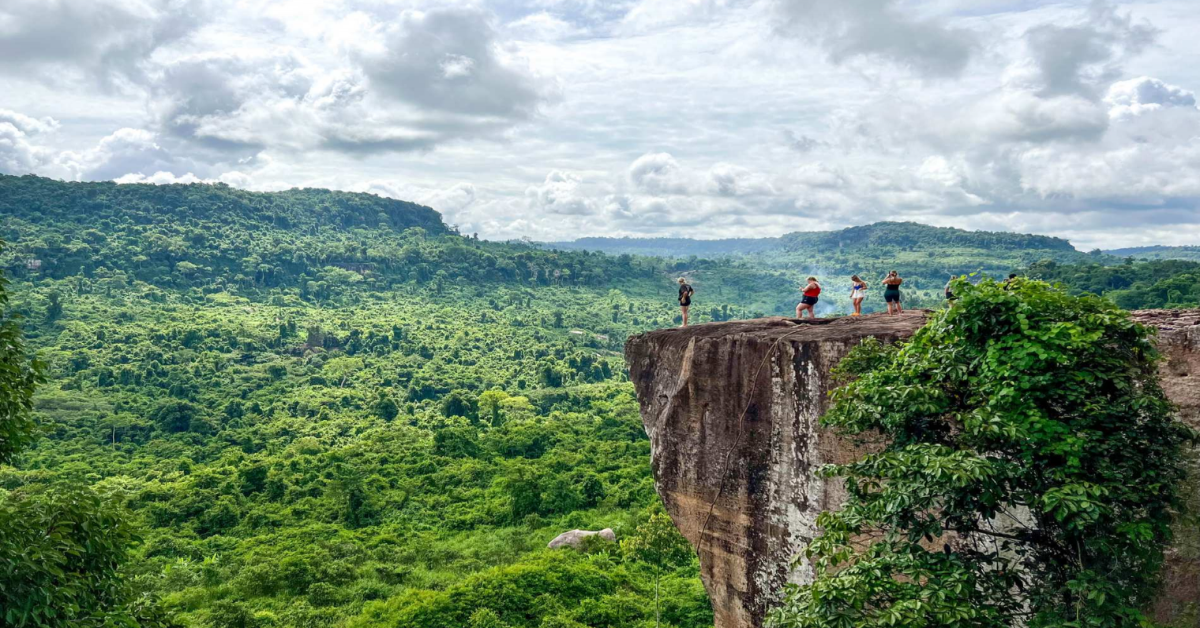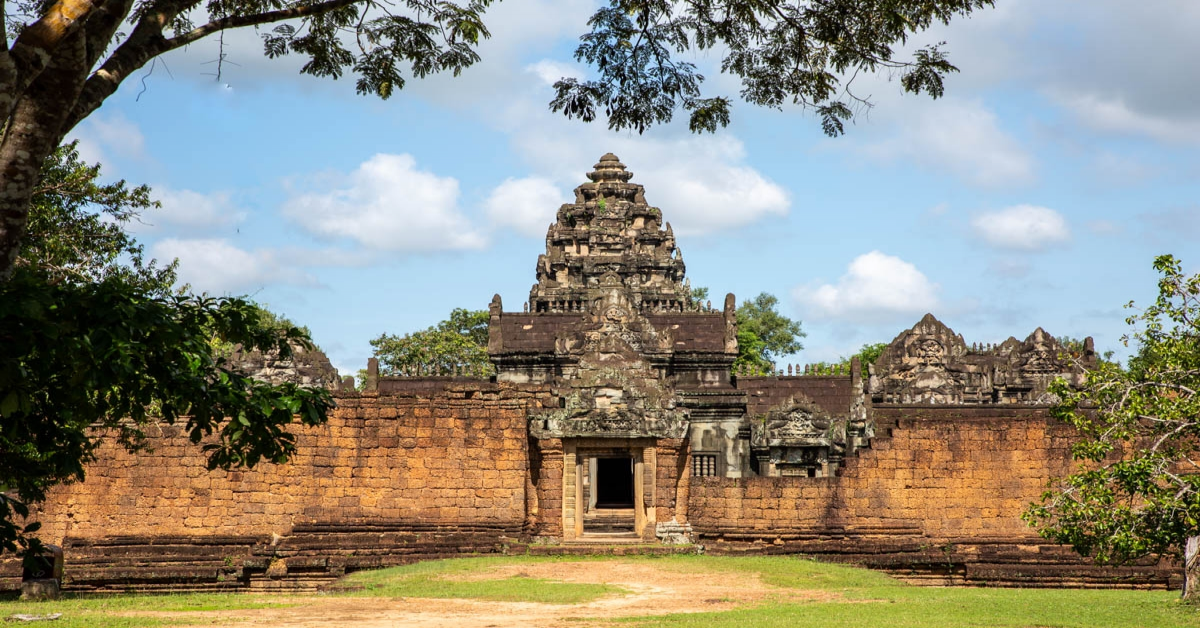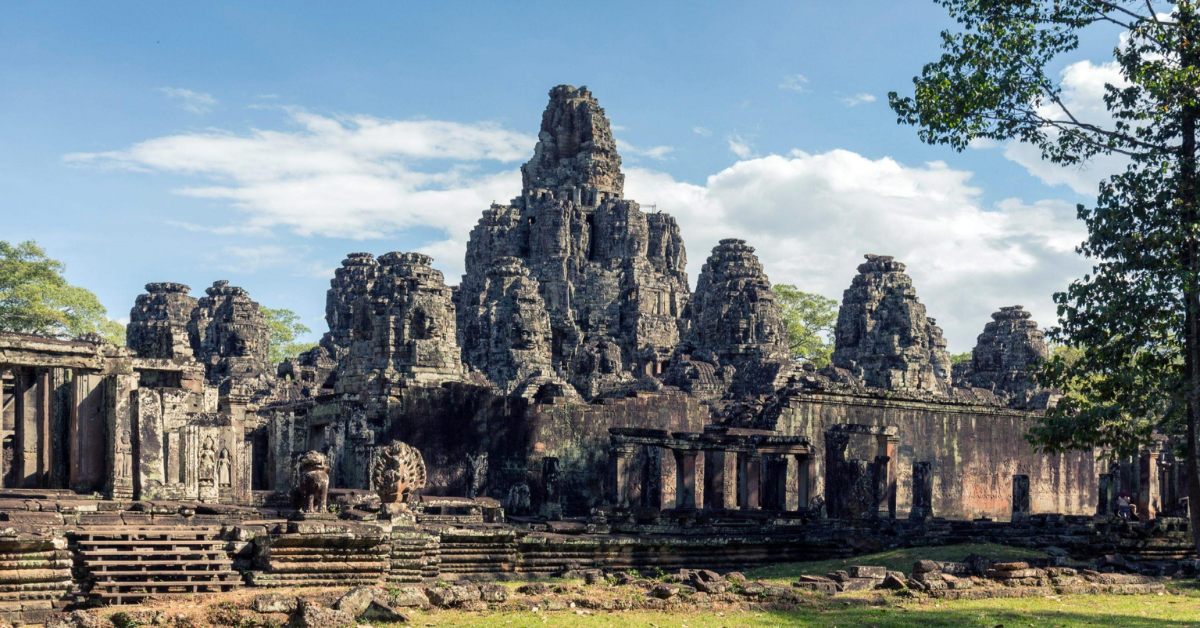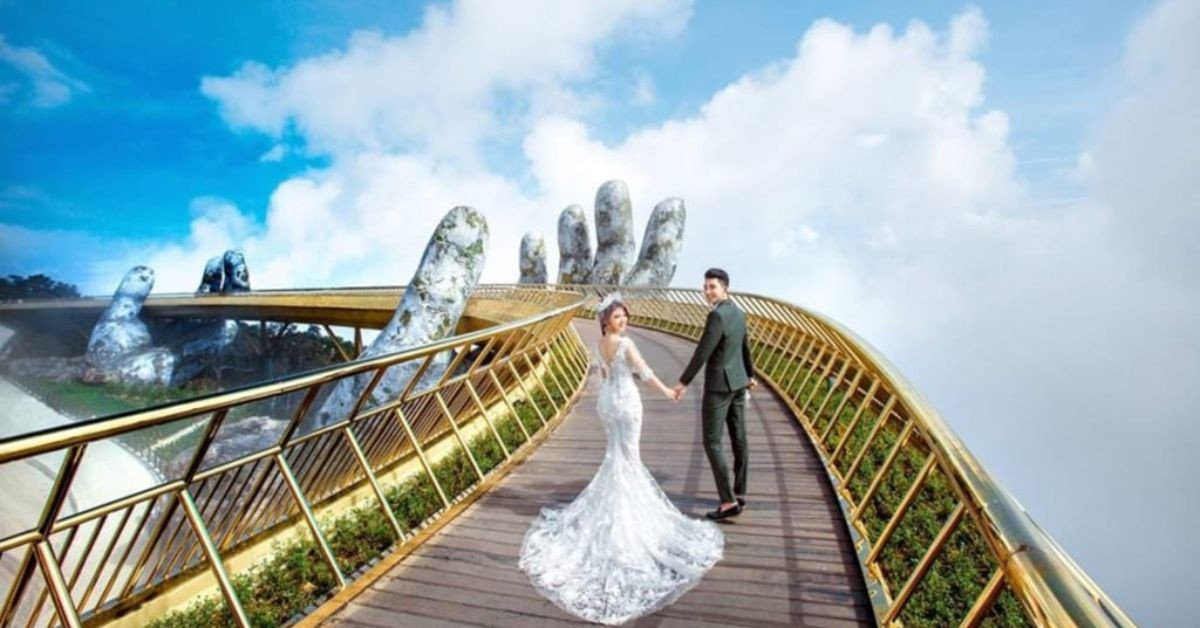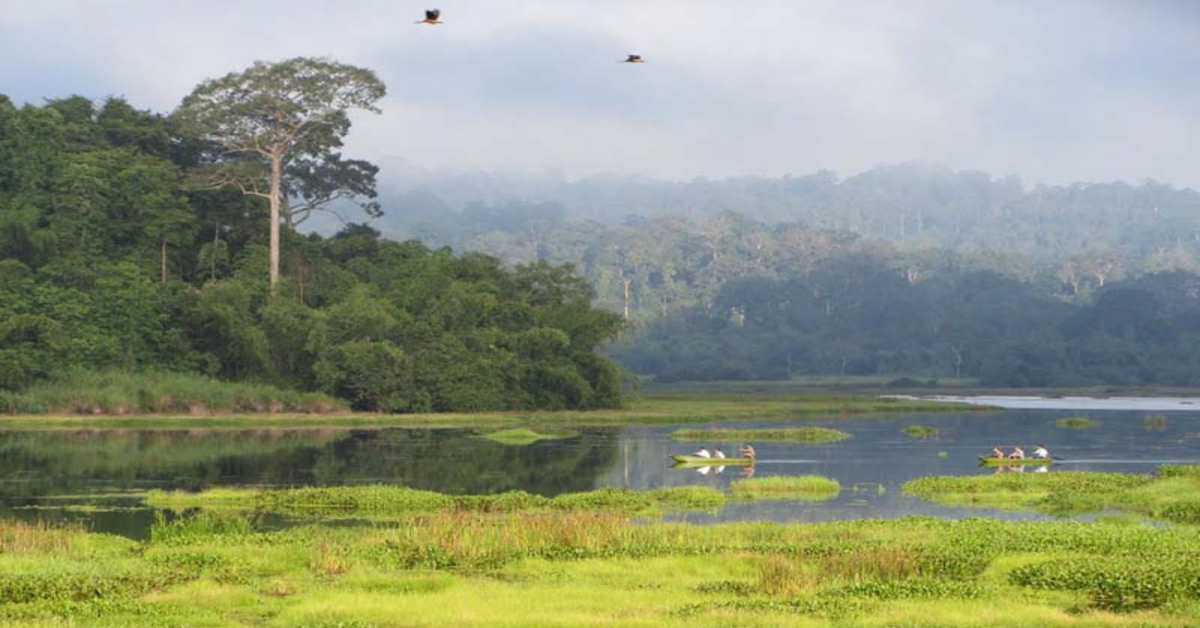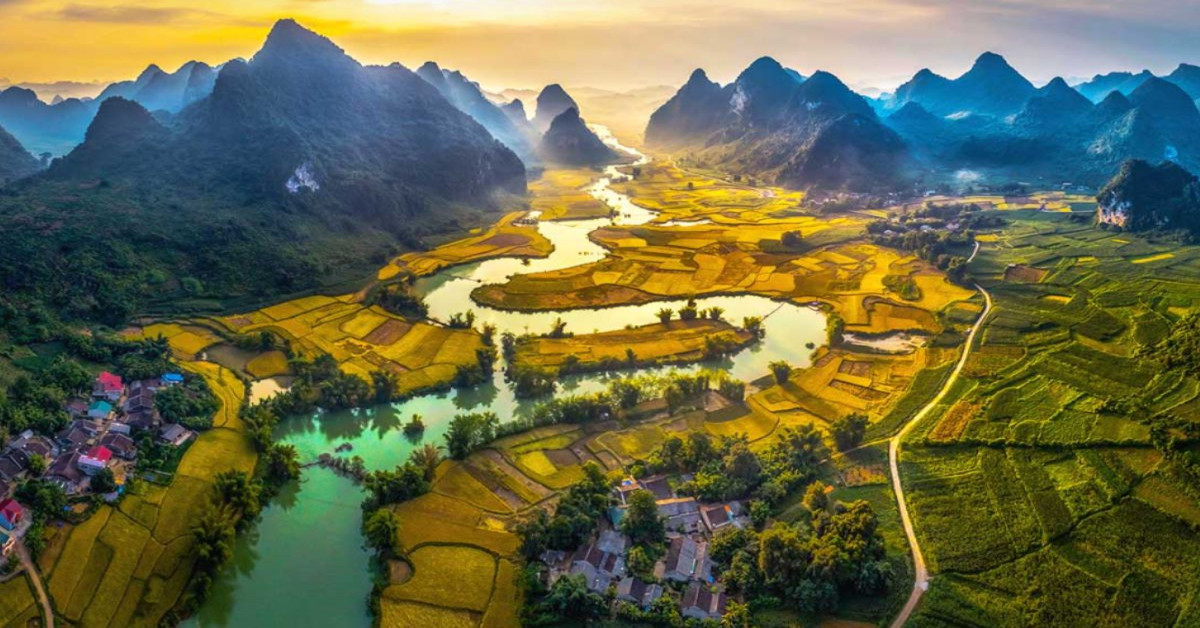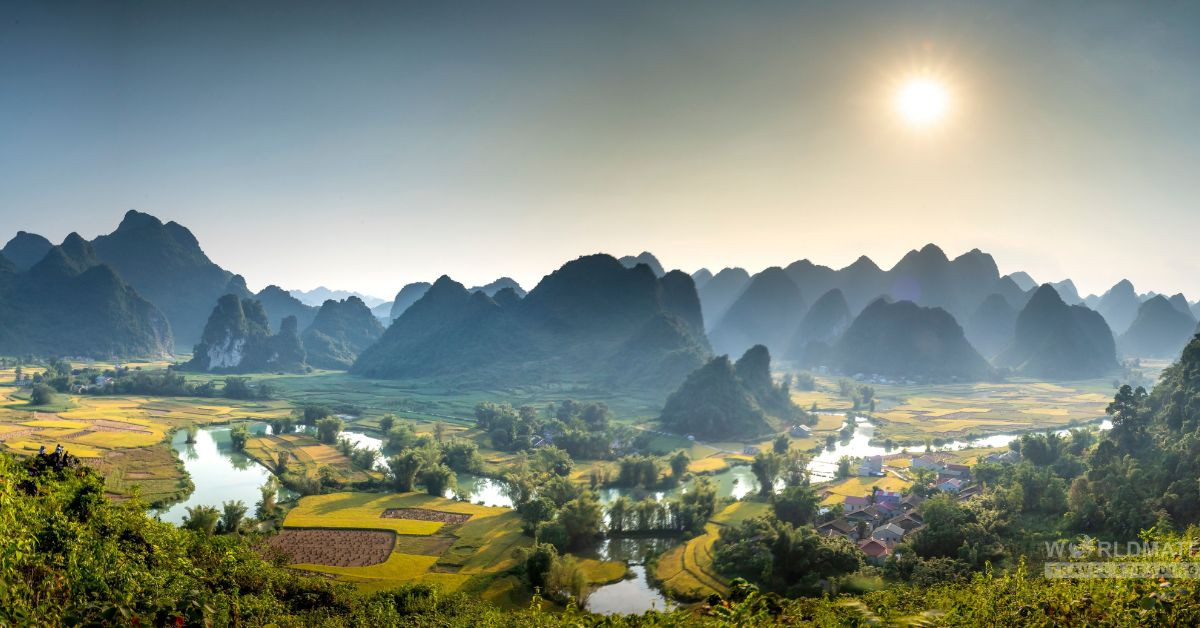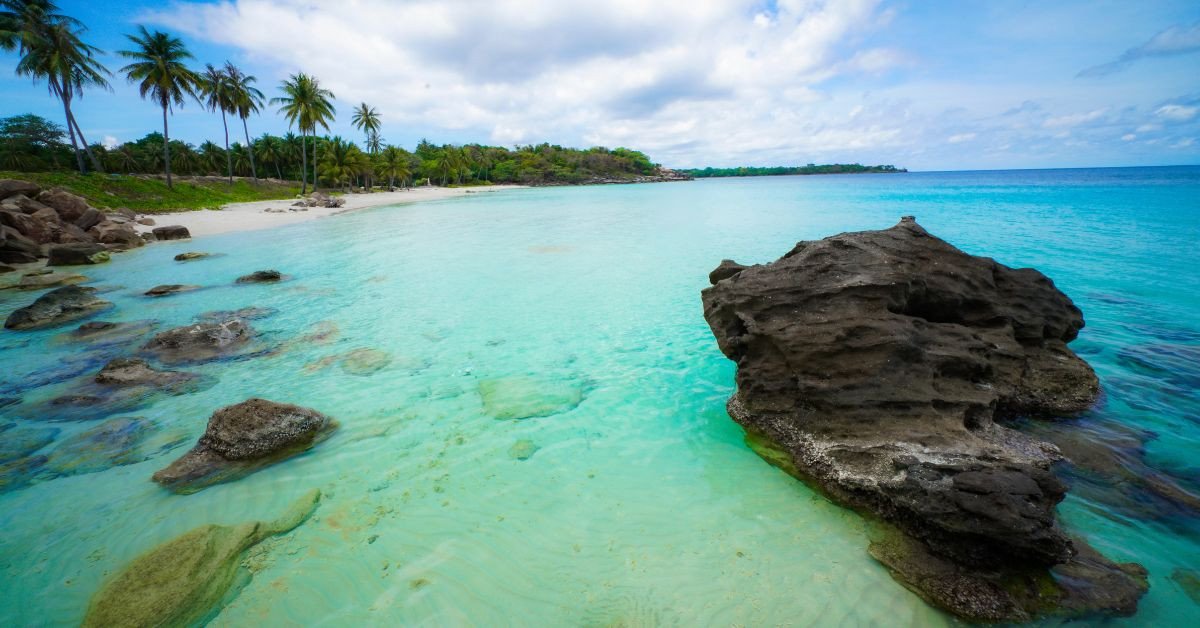All Must-See Attractions and Activities in Phnom Penh
Vibrant, bustling Phnom Penh is the heartbeat of Cambodia. This sprawling capital, spread along the banks of the Tonlé Sap and Mekong Rivers, is a city where modern and old collide, with wide central boulevards and narrow back alleys.
The Royal Palace complex is the city’s top attraction, but for those interested in Cambodia’s 20th-century history, Phnom Penh is also a vital stop. It is home to two of the country’s most sobering sites: the Killing Fields of Choeung Ek and Tuol Sleng Museum (S-21 prison), which provide insight into the reign of terror under Khmer Rouge rule.
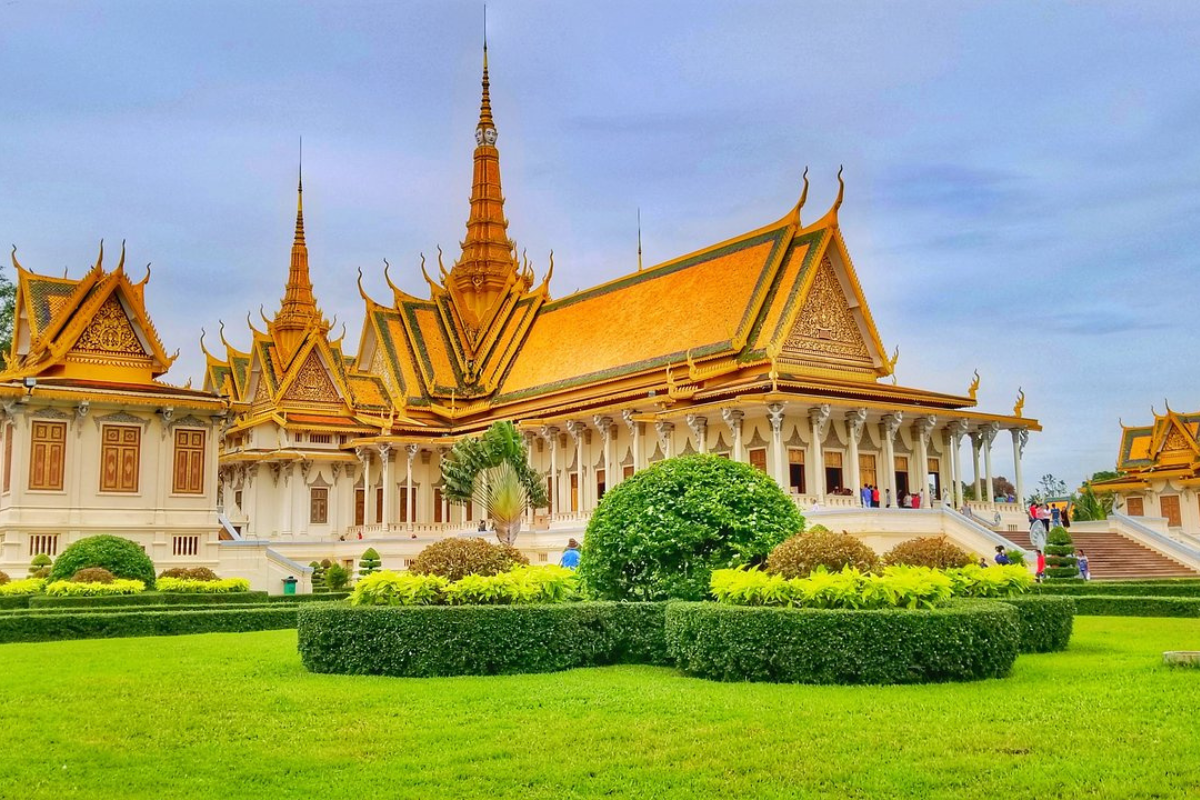
Travelers heading to Cambodia’s premier attraction, Angkor Wat, will benefit from a stop in the capital, as the National Museum of Cambodia is located here.
For more ideas on sightseeing options, read our list of the top attractions and things to do in Phnom Penh.
1. Admire the Architecture of the Royal Palace
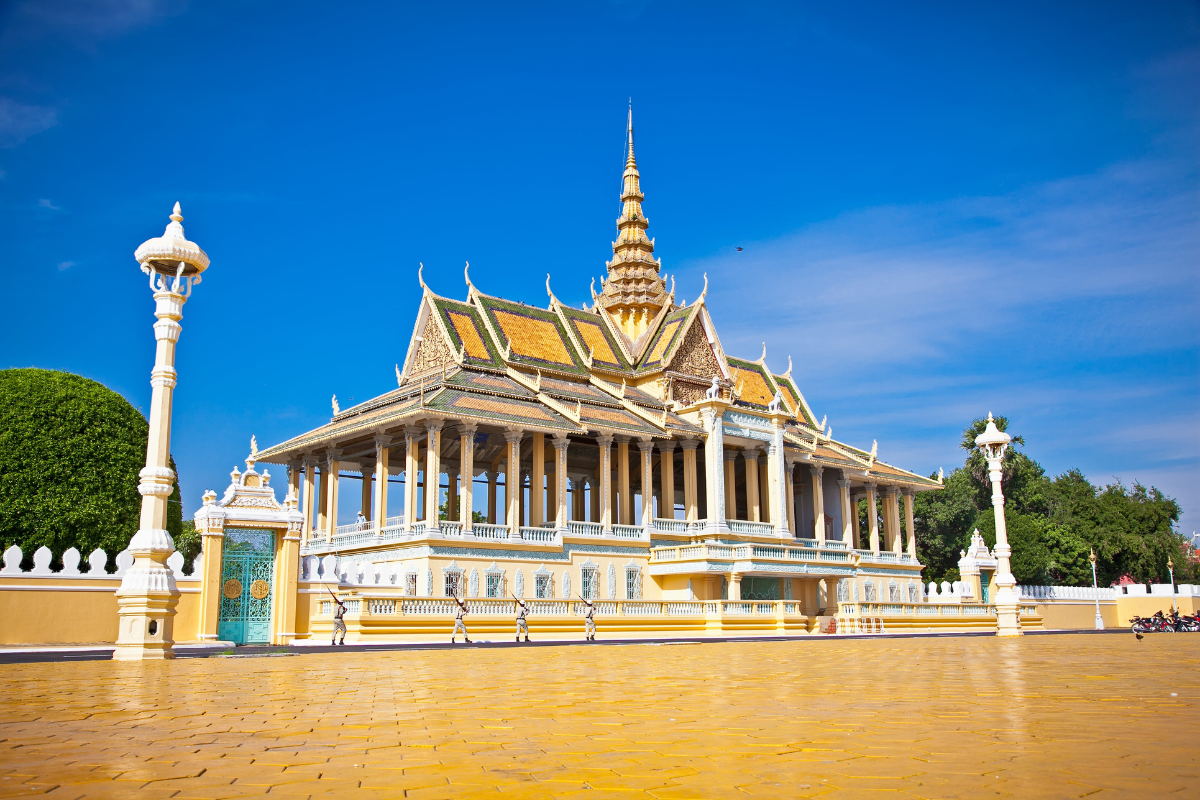
The highlight of Phnom Penh is the beautiful Royal Palace, the seat and residence of Cambodia’s royal family since the 1860s. The spired-roof pavilions are excellent examples of classic Khmer architecture.
Both the Throne Hall area and the Silver Pagoda, set within manicured gardens, are open to the public. The Throne Hall was built in 1917, replacing an earlier wooden structure.
The Silver Pagoda is famed for housing the Emerald Buddha statue and a 90-kilogram Gold Buddha statue studded with thousands of diamonds. It escaped the brutal destruction of the Khmer Rouge reign and still contains beautiful artifacts. The interior ceiling mural depicts the Cambodian epic poem, the Reamker, based on the Indian Ramayana.
Address: Sothearos Boulevard, Phnom Penh
2. See the Exhibits inside the Cambodia National Museum
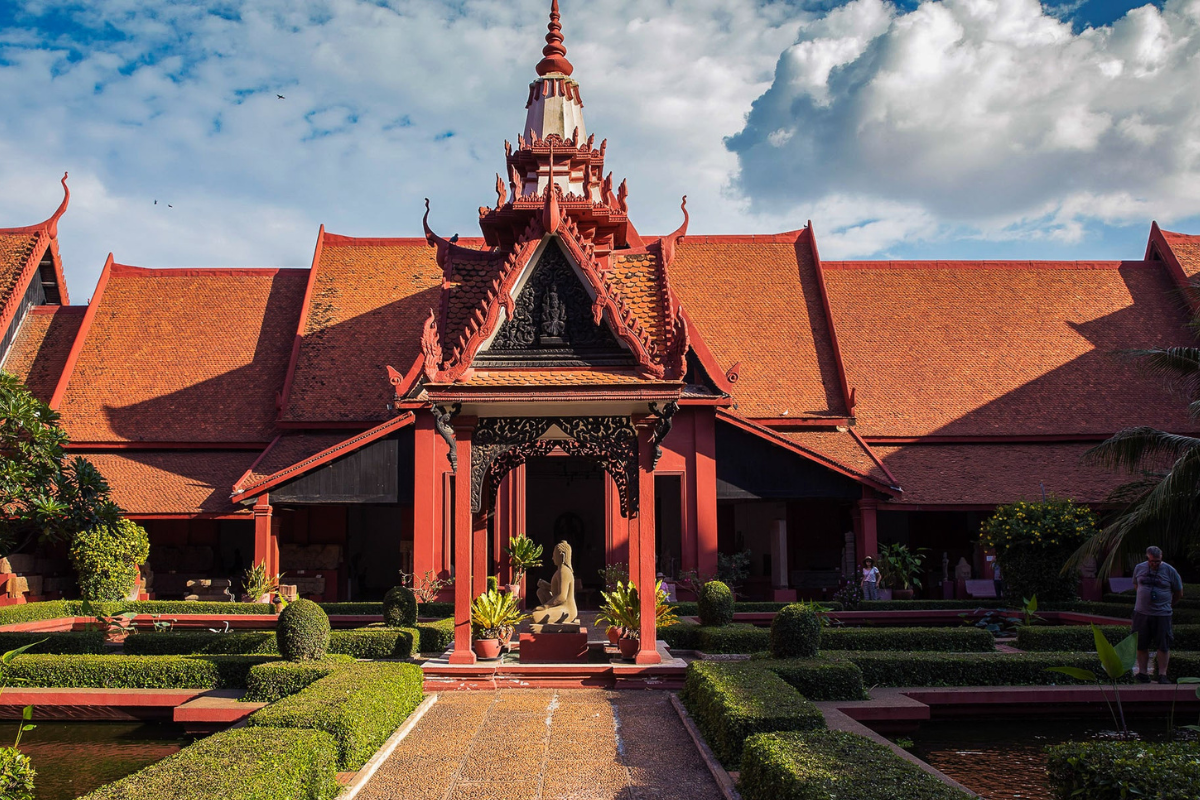
The traditional Khmer building housing the national collection was built in 1920. Inside, a dazzling array of ancient Khmer artistry, with more than 1,800 objects on display, awaits anyone interested in Cambodian history.
Major highlights include the Vishnu head excavated near Angkor Wat, the incredible Angkorian collection with statues from Koh Ker and Angkor Thom, and a large exhibit of pre-Angkorian artifacts tracing Cambodia’s Funan and Chenla periods.
Address: Street 13, Phnom Penh
3. Visit the Killing Fields of Choeung Ek
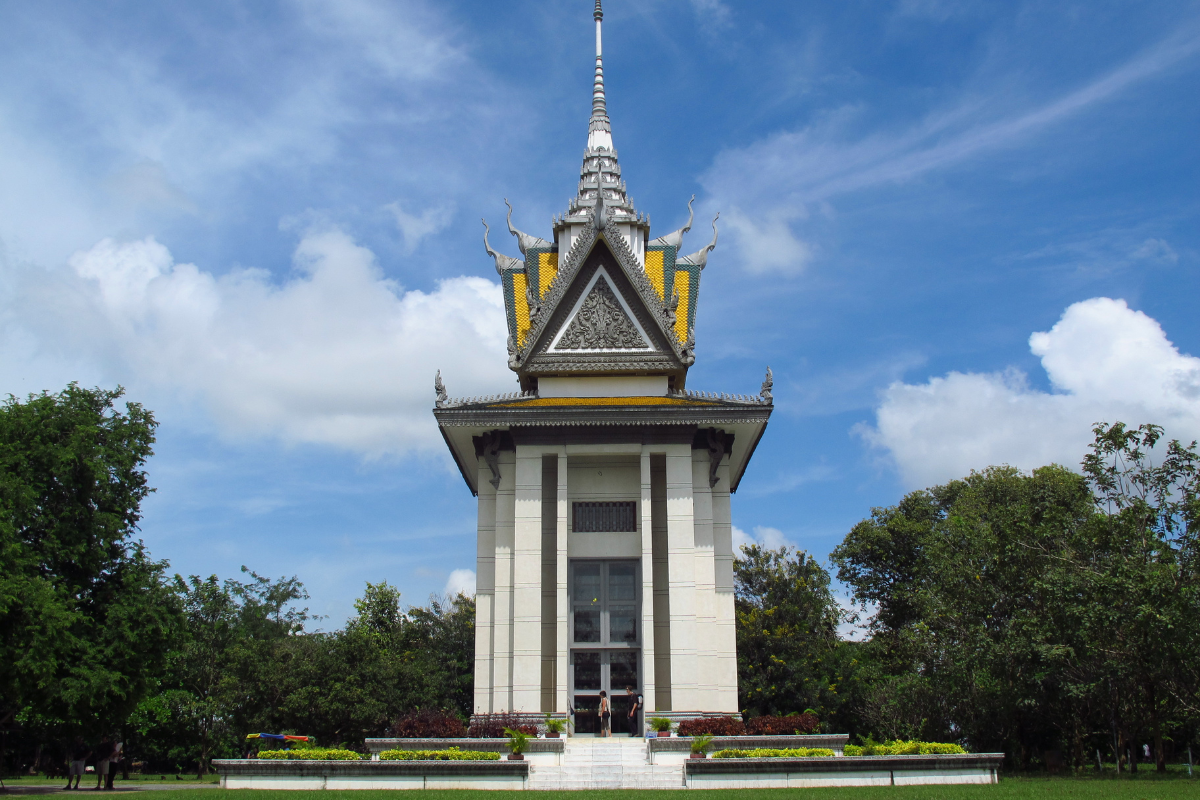
The Killing Fields of Choeung Ek are a somber reminder of the terror of the Khmer Rouge, whose brutal regime ruled Cambodia between 1975 and early 1979, aiming to turn the country into a socialist agrarian society.
In under four years, it’s estimated that between one and three million Cambodians were killed under Pol Pot’s authoritarian command. Many perished due to famine and disease, but hundreds of thousands – including intellectuals, educated people, regime opponents, and anyone suspected of opposition – were murdered.
At Choeung Ek, it’s estimated that 17,000 people met their death, having been transferred from S-21, the Khmer Rouge’s high-security prison now known as Tuol Sleng Museum. There are 129 mass graves here, 86 of which have been excavated, revealing the remains of 8,985 people. A memorial stupa at the center contains more than 8,000 skulls.
A visit here is a sobering experience that aids in understanding this tumultuous period in Cambodia’s modern history. Choeung Ek lies off Monireth Boulevard.
For a deeper understanding, consider the Killing Field and Tuol Sleng Genocide Museum (S21) Tour. A driver will take you to the Choeung Ek Genocidal Center, 14 kilometers south of Phnom Penh, where you’ll spend two hours exploring the former orchard turned mass grave site. You’ll then return to the city to visit the Tuol Sleng Genocide Museum, set inside the former high school turned high-security prison.
4. View Tuol Sleng Museum
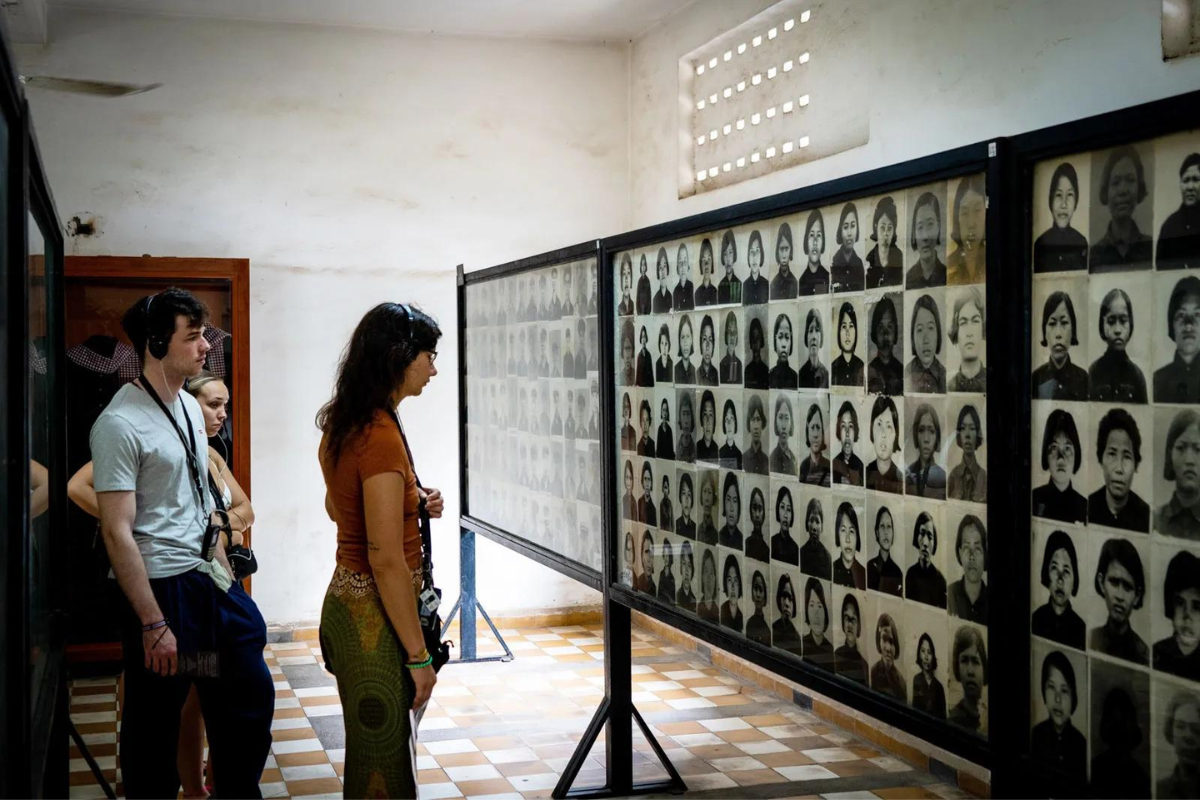
The Khmer Rouge’s Security Prison S-21 was the site of some of the regime’s worst torture atrocities. More than 17,000 people passed through these gates between 1975 and 1978, accused of betraying the revolution.
Nearly all prisoners were once members of the Khmer Rouge, turned on during internal purges. The visiting experience is made visceral by the photographic evidence displayed in the sparse cells next to empty beds. S-21 was well-managed by Comrade Duch, who ensured extensive records were kept. As the prison was hastily abandoned when the Vietnamese took Phnom Penh in 1979, the detailed notes and photographs have survived.
Address: Street 113, Phnom Penh
5. Cruise on Phnom Penh’s Rivers
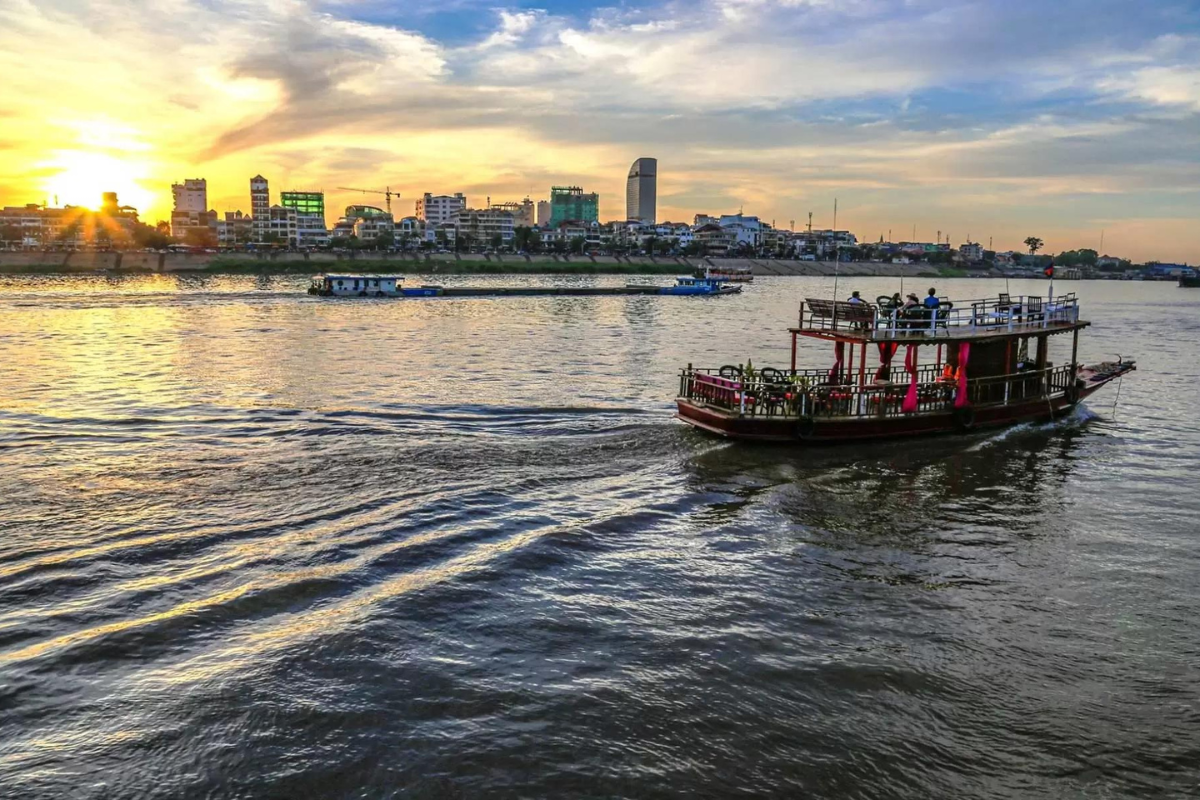
Phnom Penh is a riverine town, and one of the most relaxing ways to sightsee is by water. Regular sunset cruise tourist boats depart from the riverfront between 5 pm and 7:30 pm, heading along the Tonlé Sap and Mekong Rivers.
Alternatively, you can hire a private boat at any time of the day (be prepared to bargain). This is a great way to escape the bustling motorbike-clogged streets for an hour and soak up the gentler pace of local river life.
Address: Tourist Boat Dock, Sisowath Quay, Phnom Penh
6. Wat Phnom
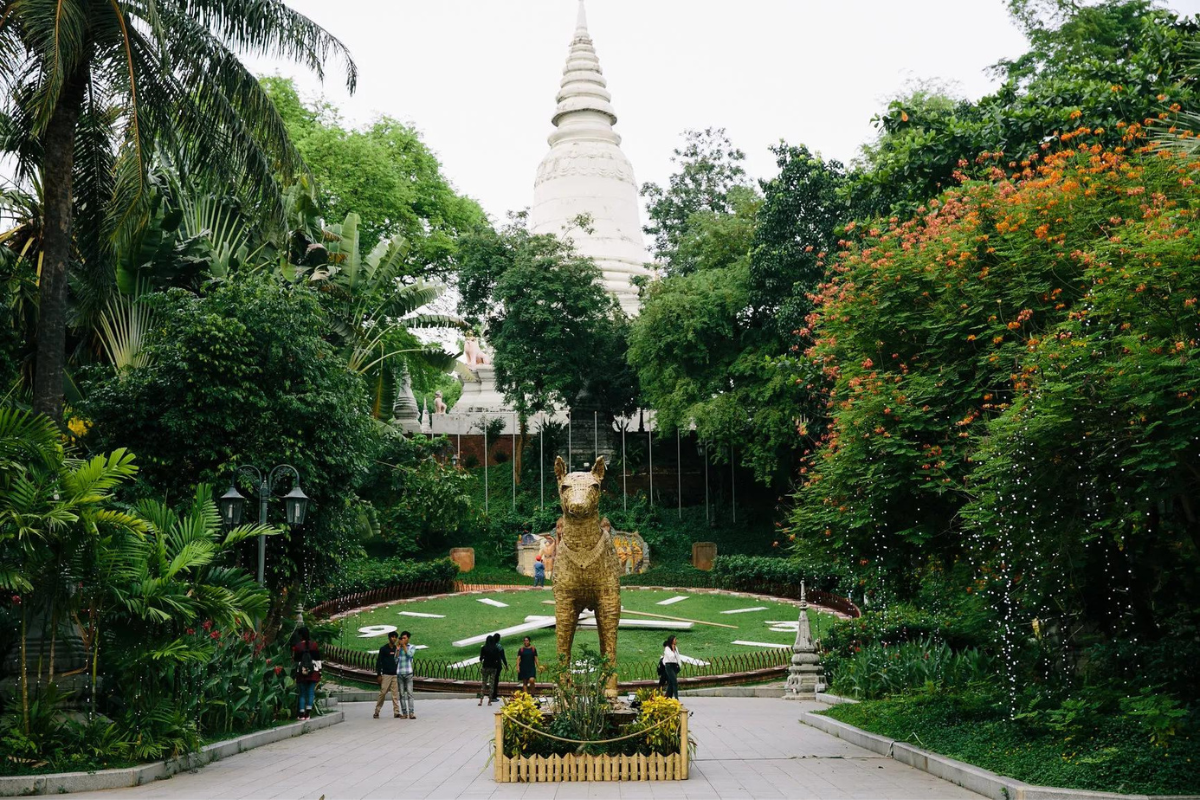
Phnom Penh is mostly flat, with the only rise being the 27-meter-high hillock home to the temple of Wat Phnom. The first religious building on this spot is thought to have been constructed in the 14th century and has been rebuilt several times, with the current main temple sanctuary dating from 1926.
This is one of the city’s most important Buddhist temples, often bustling with locals leaving offerings and praying at the various shrines surrounding the main sanctuary.
Address: Norodom Boulevard, Phnom Penh
7. See the Stupas of Wat Ounalom
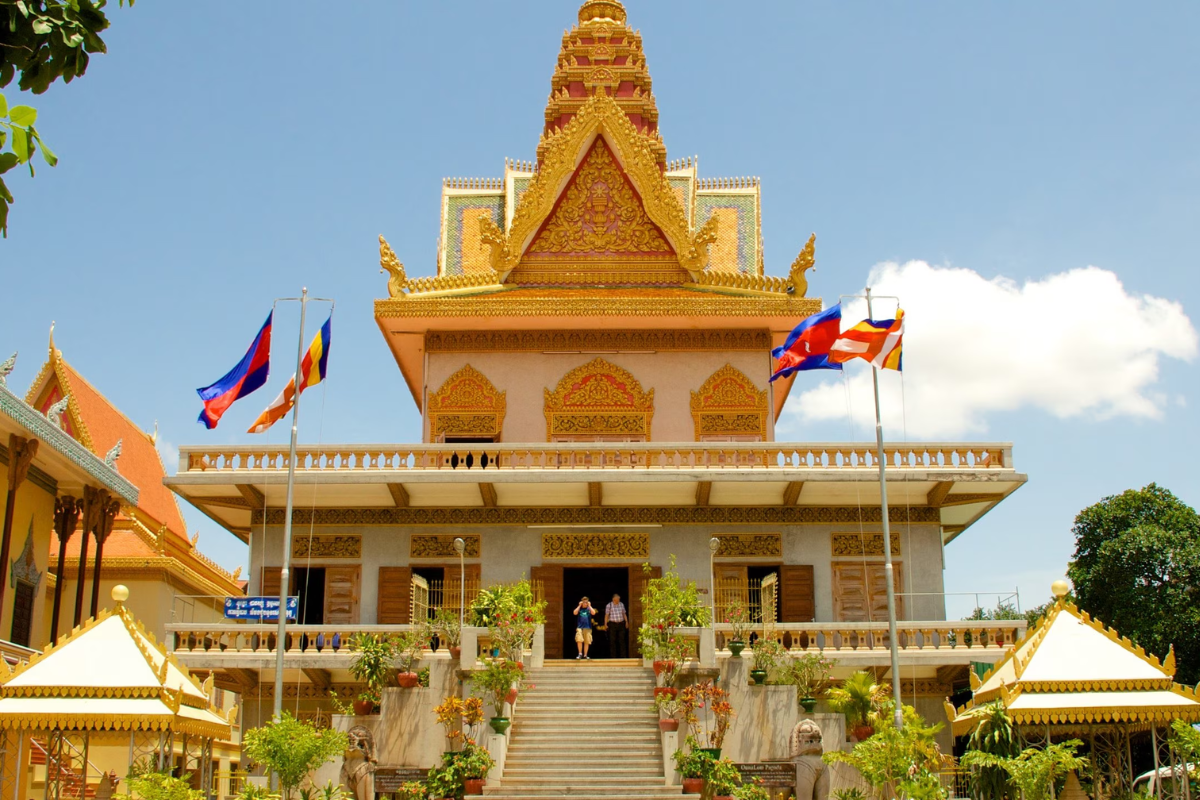
Wat Ounalom, the headquarters of Buddhism in Cambodia, is the most important temple complex in the country. A stupa within the complex contains one of the Buddha’s eyebrow hairs.
Established in 1443, the wat suffered considerable damage during the Khmer Rouge era, with many statues and religious icons destroyed. Today, it is thriving again.
Notable for visitors is a beautiful Buddha statue on the third floor of the main building, reassembled after being smashed by the Khmer Rouge, and a statue commemorating Huot Tat, the fourth patriarch, who was murdered by Pol Pot, on the second floor.
Address: Sothearos Boulevard, Phnom Penh
8. Shop in the Russian Market
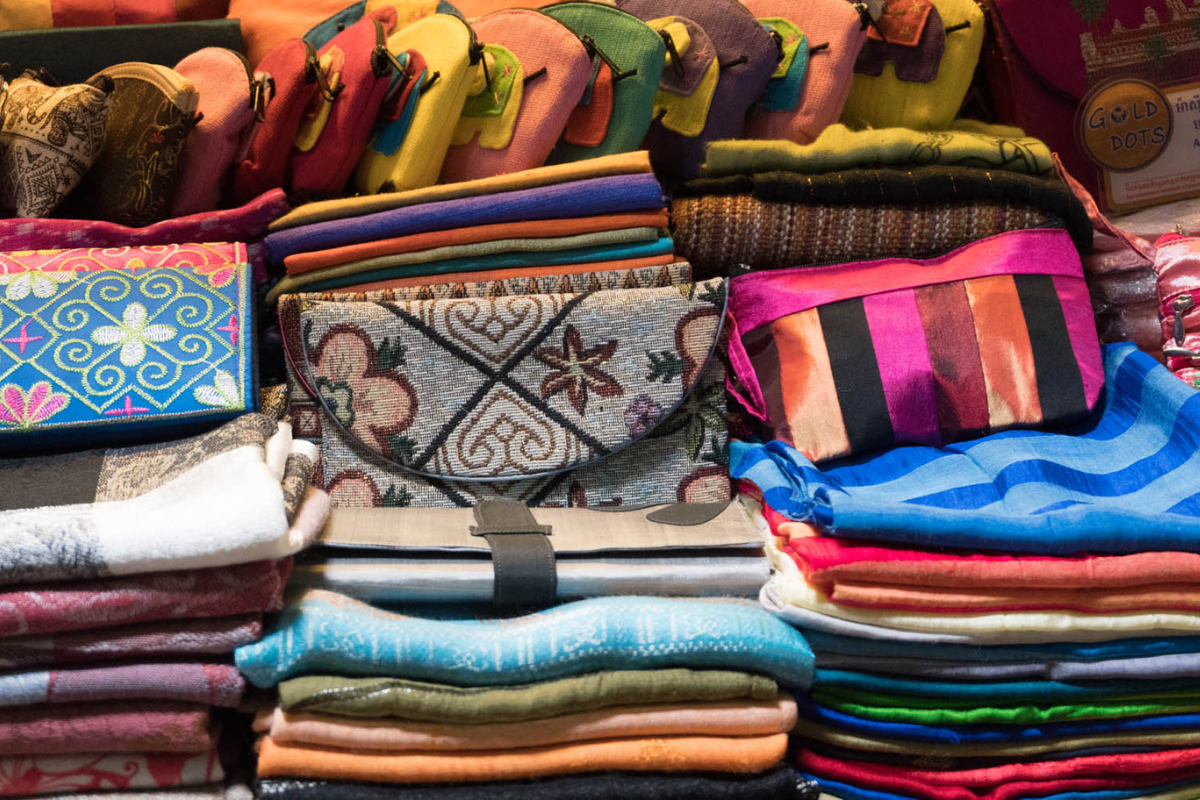
Phnom Penh’s chaotic and lively Russian Market hums with local life and offers great shopping opportunities. You’ll find everything from tacky souvenirs (often made in neighboring Thailand) to beautifully crafted local wooden handicrafts and Cambodian silks, along with stalls selling exceedingly cheap clothing.
Avoid midday browsing as temperatures can skyrocket; aim for an early morning visit. The market opens at 6 am. This is the perfect place to practice your bargaining skills.
The market’s real name is Psar Tuol Tom Pong, but it earned its moniker due to the number of Russian foreign residents who used to shop here.
Address: Street 155, Phnom Penh
9. Experience the Psar Thmei Shopping Scene
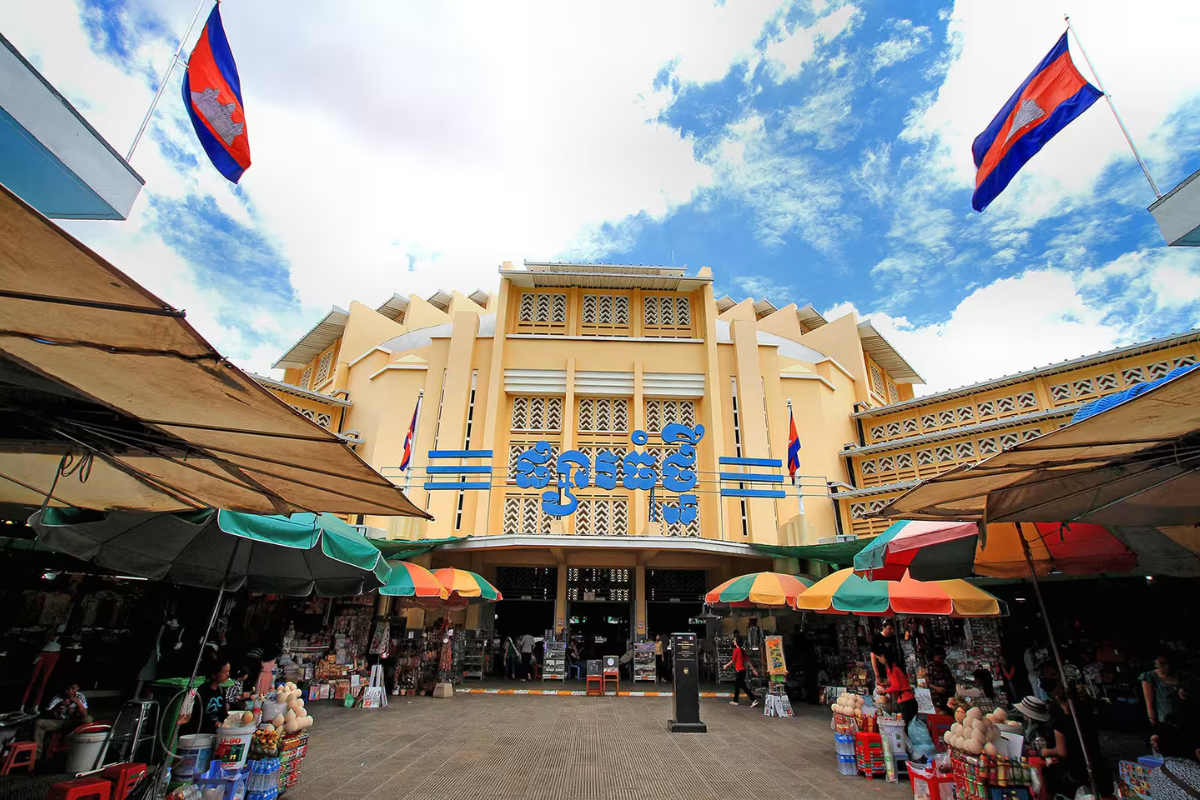
The distinctive domed building housing the central Psar Thmei market was built in 1937 in Art Deco style and dominates Phnom Penh’s central city. It’s an excellent place to soak up local life, with a huge array of produce on display and plenty of hustle and bustle.
Everything is sold here, from fresh fruit and vegetables to jewelry and clothing. The market is abuzz with energy from early morning to early evening. It’s a great place for an aimless wander, and keen photographers will find plenty of colorful scenes to capture.
Address: Street 126, Phnom Penh
10. See Phnom Penh’s Independence Monument
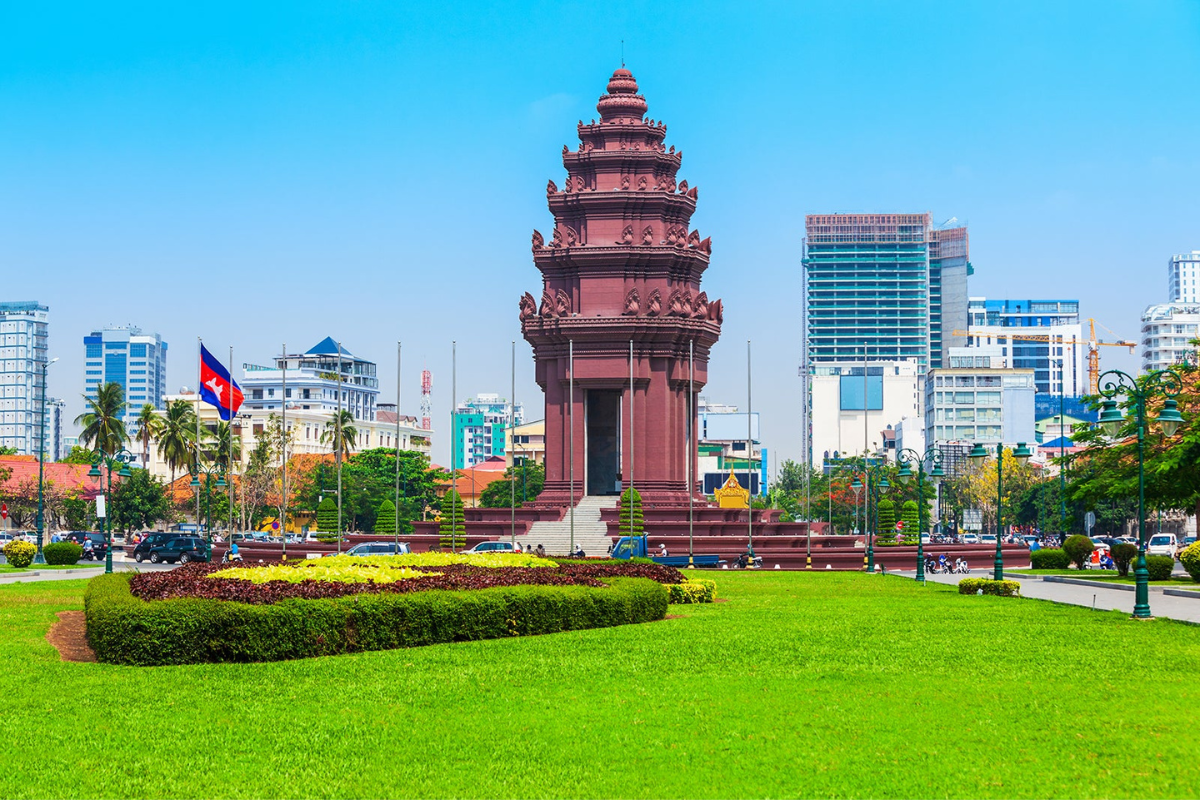
The patch of grass intersecting Sihanouk and Norodom Boulevards is home to Phnom Penh’s Independence Monument, built to celebrate Cambodia’s independence from French colonial rule in 1953. The sandstone structure represents an Angkorian temple, intricately decorated with nagas (multi-headed snakes).
Besides commemorating the nation’s independence, the monument is also a memorial to Cambodia’s war dead. A short stroll from the monument is Wat Botum Park, where you’ll find the Cambodia-Vietnam Friendship Monument, built in 1979 after Vietnamese forces defeated the Khmer Rouge.
Address: Sihanouk Boulevard, Phnom Penh
11. Watch the Cambodian Living Arts Performance
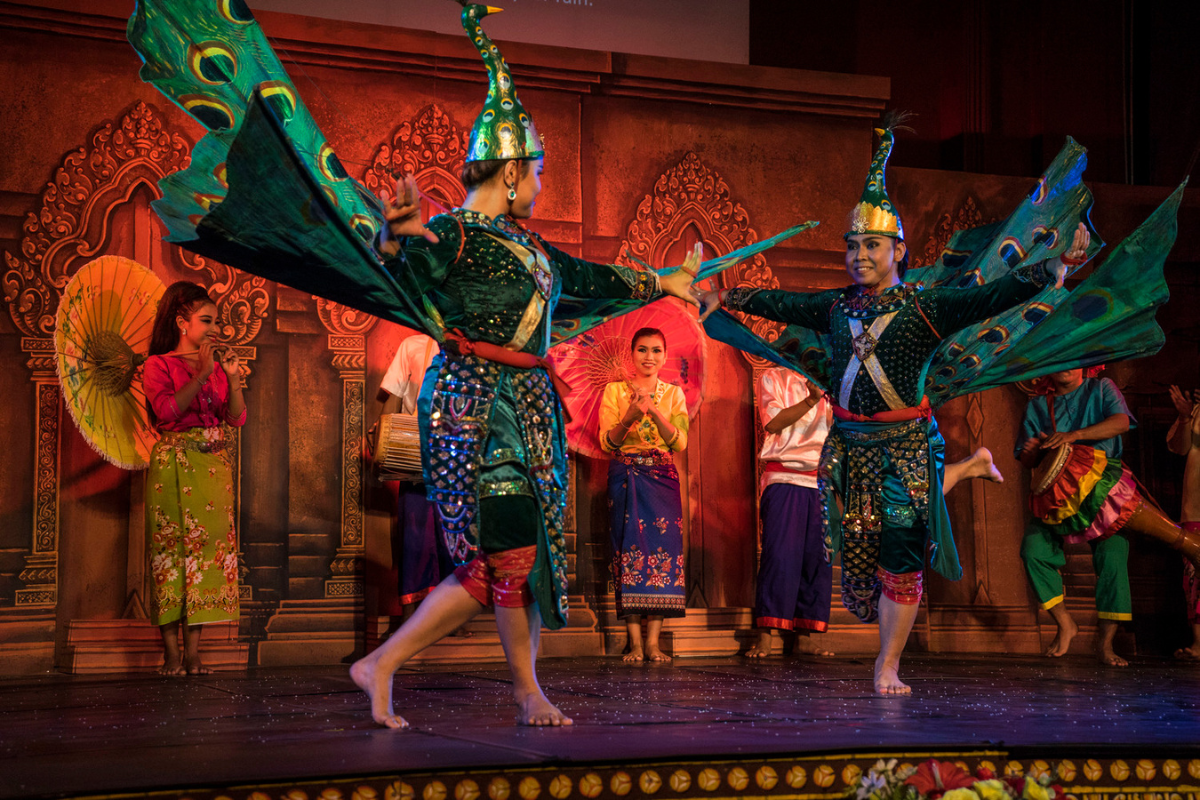
Traditional Khmer classical dance originated in the royal courts and wasn’t introduced to the general public until the mid-1900s. Today, theatrical performances can be seen in Broadway-like shows around Cambodia, where costumed dancers recreate epic poems and legends through elaborate moves.
In Phnom Penh, a great way to see this firsthand is to join the Experience Cambodian Living Arts, Dance Show tour. The tour starts at the National Museum of Phnom Penh, where you can explore the gardens and see stunning examples of Khmer art and architecture. It then continues to a dinner theater, where you’ll enjoy a Cambodian traditional dance and music performance while dining.
12. Stroll Sisowath Quay
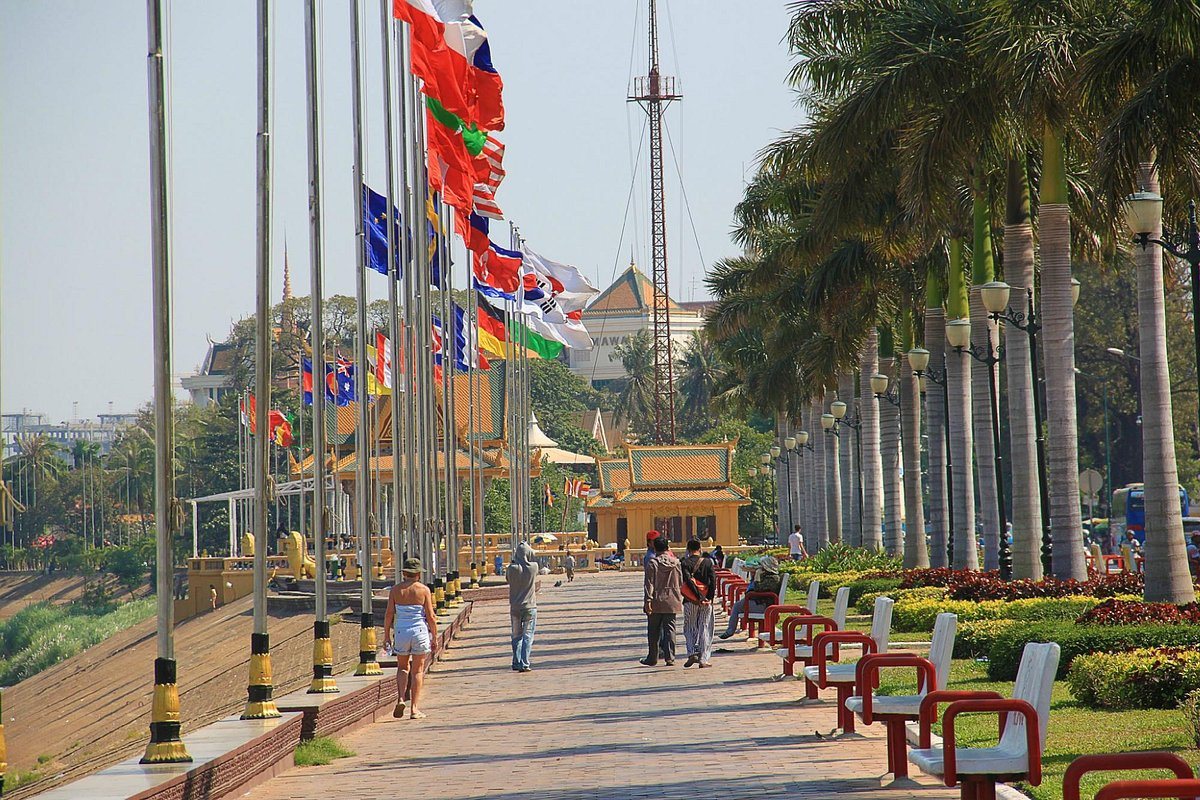
Sisowath Quay is Phnom Penh’s most popular promenading spot, always busy at sunset with walkers and joggers. This riverside strip, rimmed with palm trees, stretches north for three kilometers from the Royal Palace. It’s a great spot for watching and photographing boats on the Tonle Sap River.
There are cafés and street stalls selling food along the route, making it a popular spot for hanging out, especially in the early evening. A stroll here is easy to combine with visits to the Royal Palace and Wat Phnom, just west of the quay’s northern end.
13. Cycle around Koh Dach & Koh Okhna Tei Islands
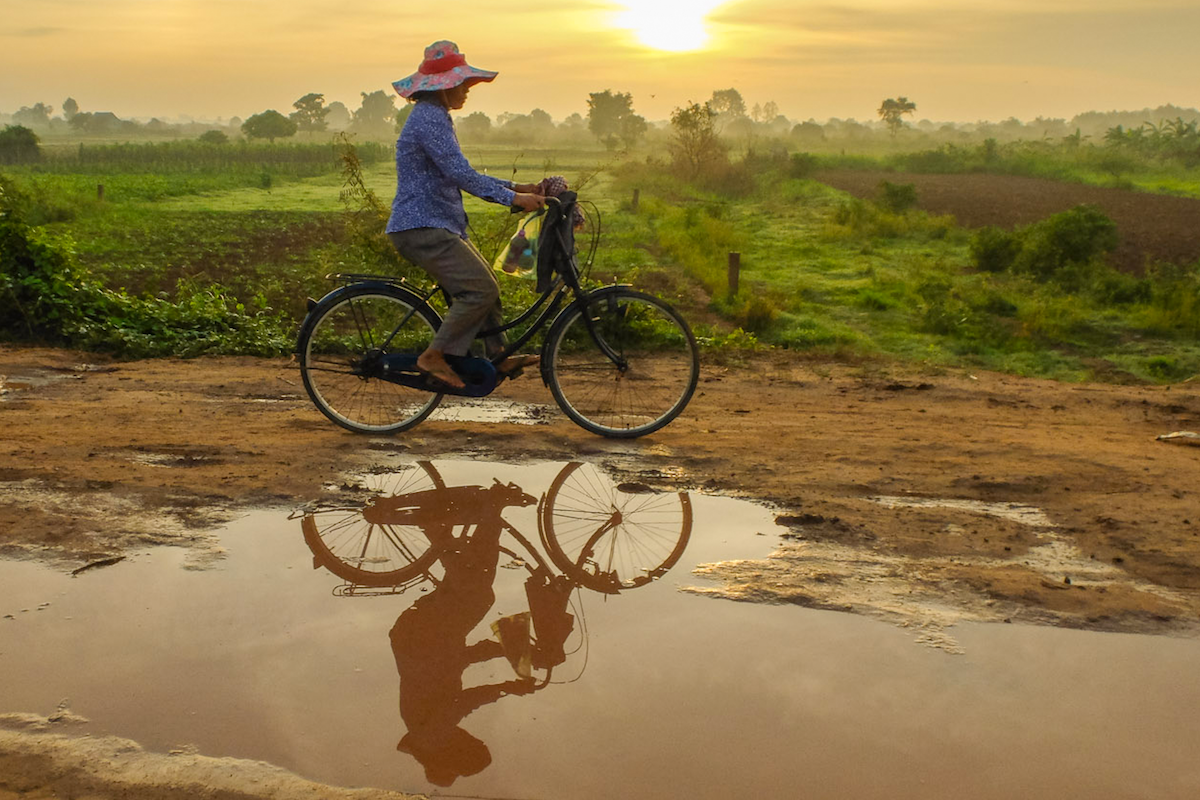
Koh Dach and Koh Oknha Tei, commonly referred to as Silk Island by foreign visitors, are two Mekong River islands linked by a bridge, about 10 kilometers north of the central city. The islands are known for their large community of silk weavers. Visitors are often invited into local workshops to watch weavers at work and view the silk products for sale.
Both islands make a good day trip option, offering a tranquil rural break within easy reach of the city. The best way to explore the islands fully is by renting a bicycle. Ferries leave regularly to both Koh Dach and Koh Oknha Tei from three separate ferry stops on the riverbanks opposite the islands. Some tour boat operators in Phnom Penh also offer tours here.
14. Take in the Views from the Temples of Oudong
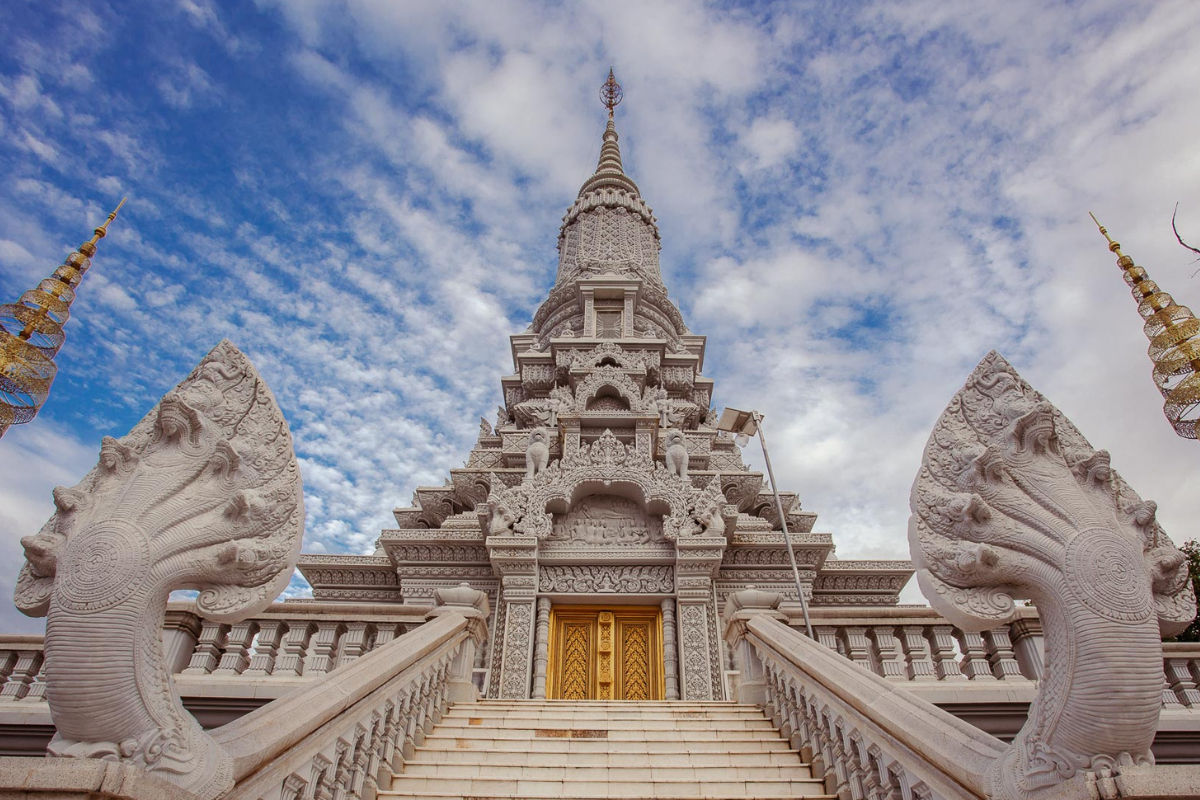
In Oudong, 43 kilometers north of central Phnom Penh, the stupas and temples atop the hill of Phnom Preah Reach Throap are well worth a trip, especially for the excellent vistas from the hilltop across the surrounding countryside.
The large temple of Vihear Preah Ath Roes, with its 20-meter-high Buddha, is the hilltop’s main attraction. Other temples and stupas here range in age from the 17th century to the modern era. Notable buildings include the Ang Doung stupa built by King Norodom and the Mak Proum stupa built by King Monivong.
15. Take a Day Trip to Phnom Chisor
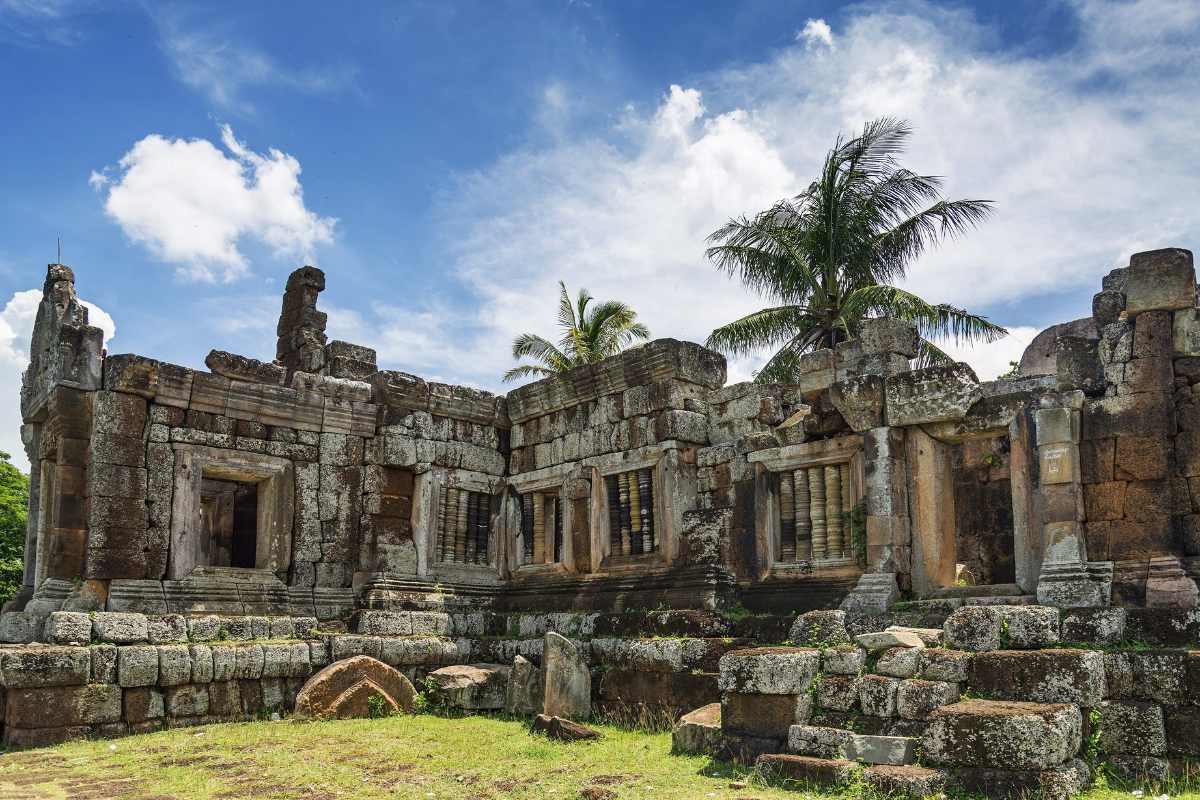
About 70 kilometers south of central Phnom Penh, the temple of Phnom Chisor sits on the 133-meter-high hilltop of Chisor mountain. Built by Angkorian King Suryavarman I, this brick temple is dedicated to the Hindu gods Vishnu and Shiva and dates back to the 11th century.
Climbing the staircases to the temple can be quite an effort, especially in the heat, but the sprawling views of the surrounding landscape, with its patchwork of lush green farming plots and rice fields, are well worth it.
Most visitors hire a private driver or take a tour to reach Phnom Chisor, as there is no direct public transport. It’s best to arrive early to beat the heat and enjoy the serene atmosphere.
